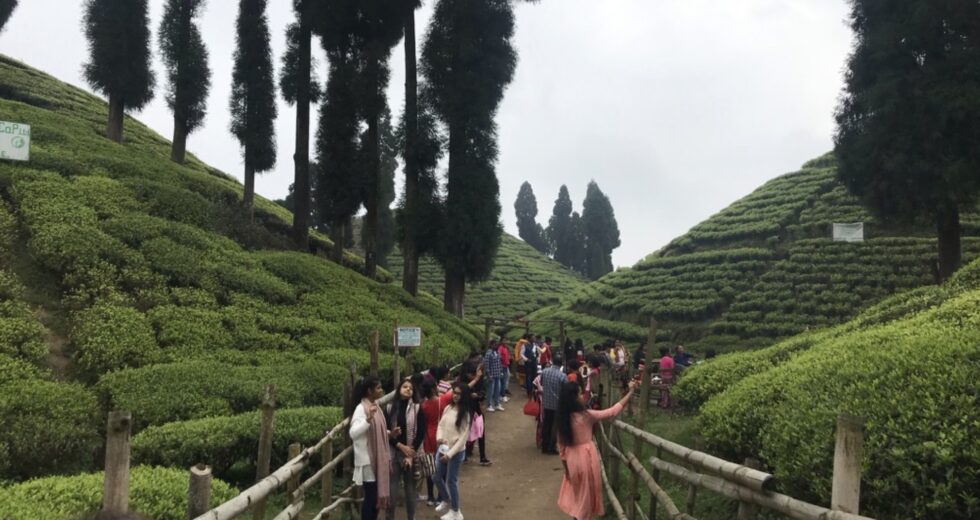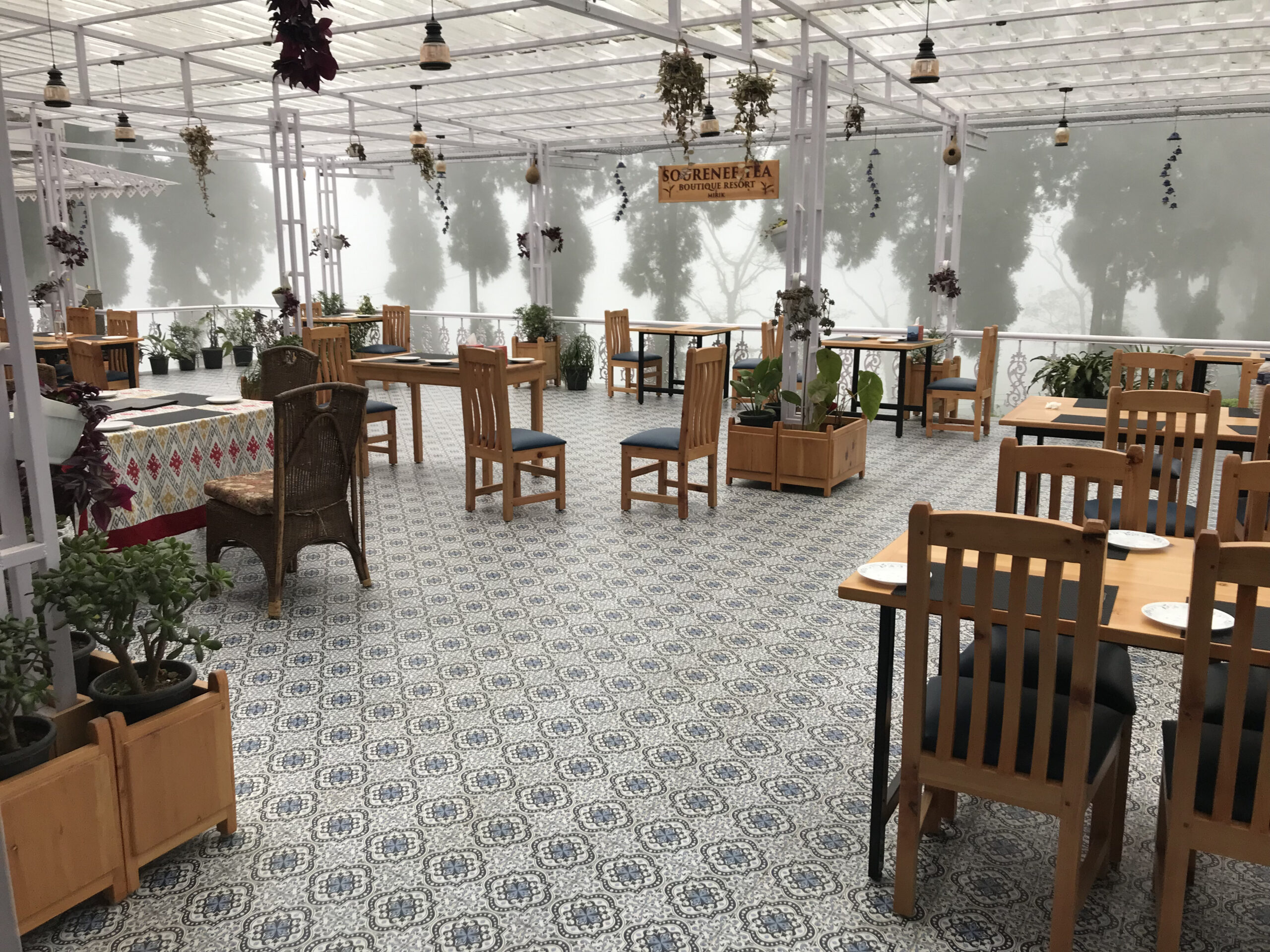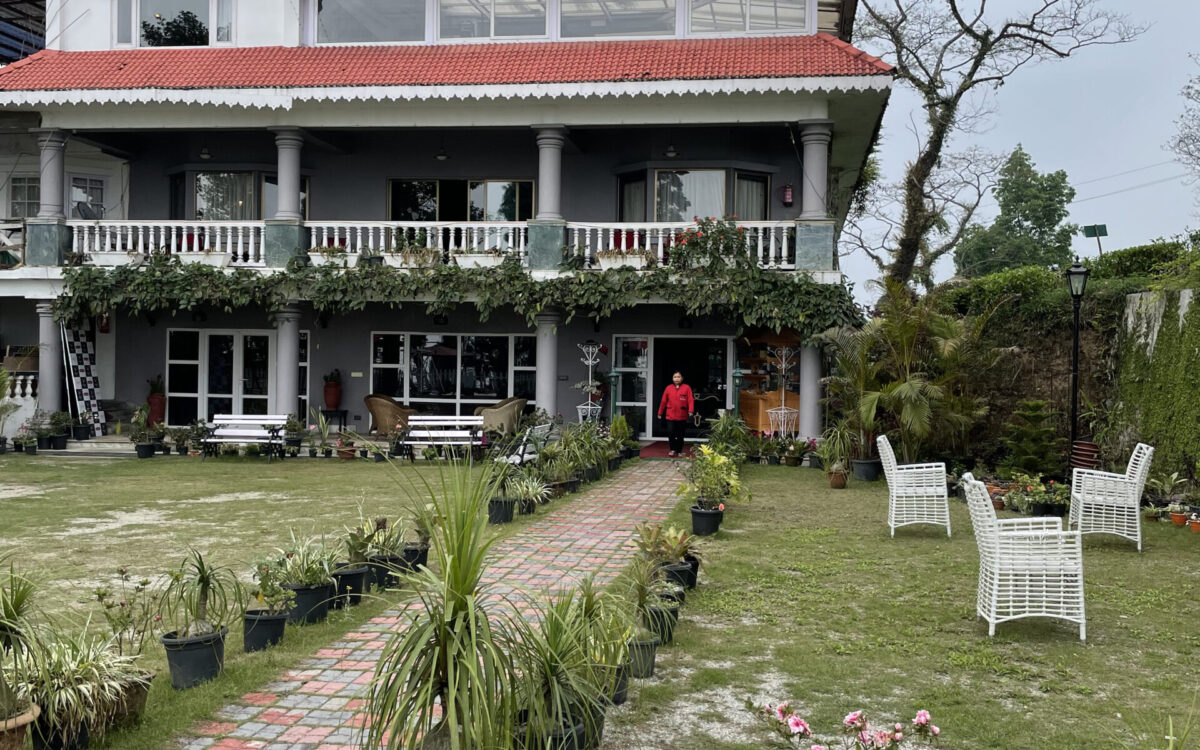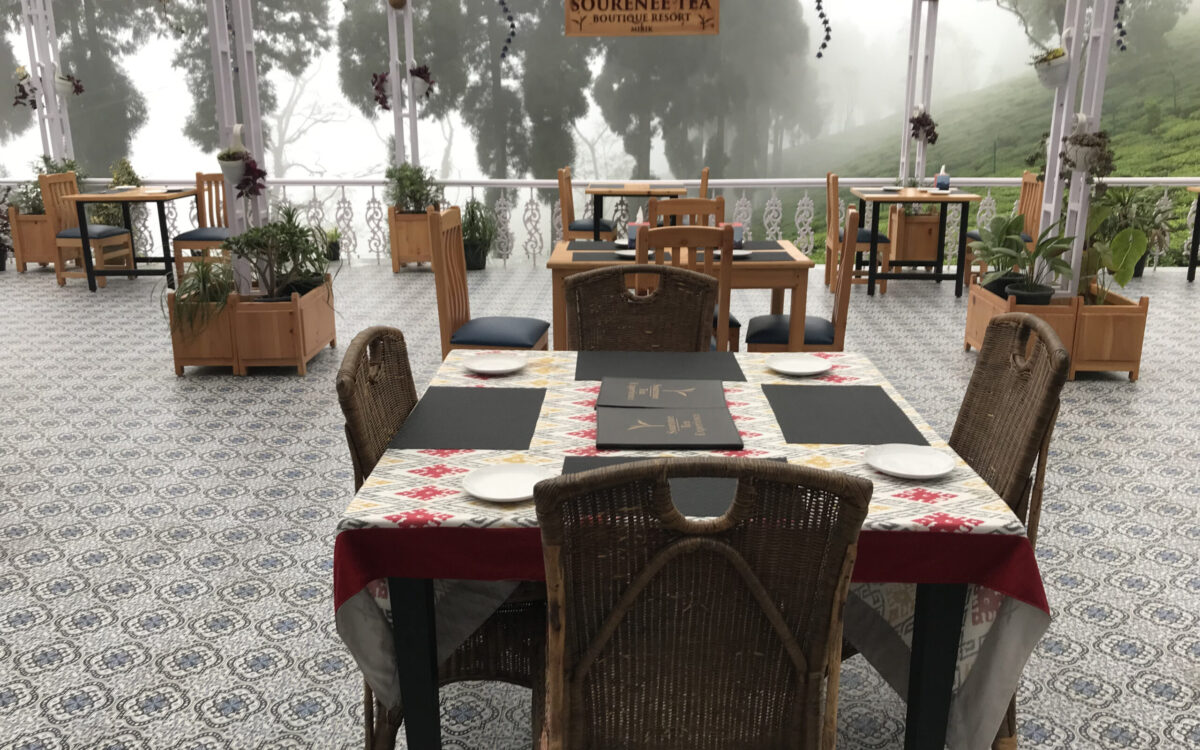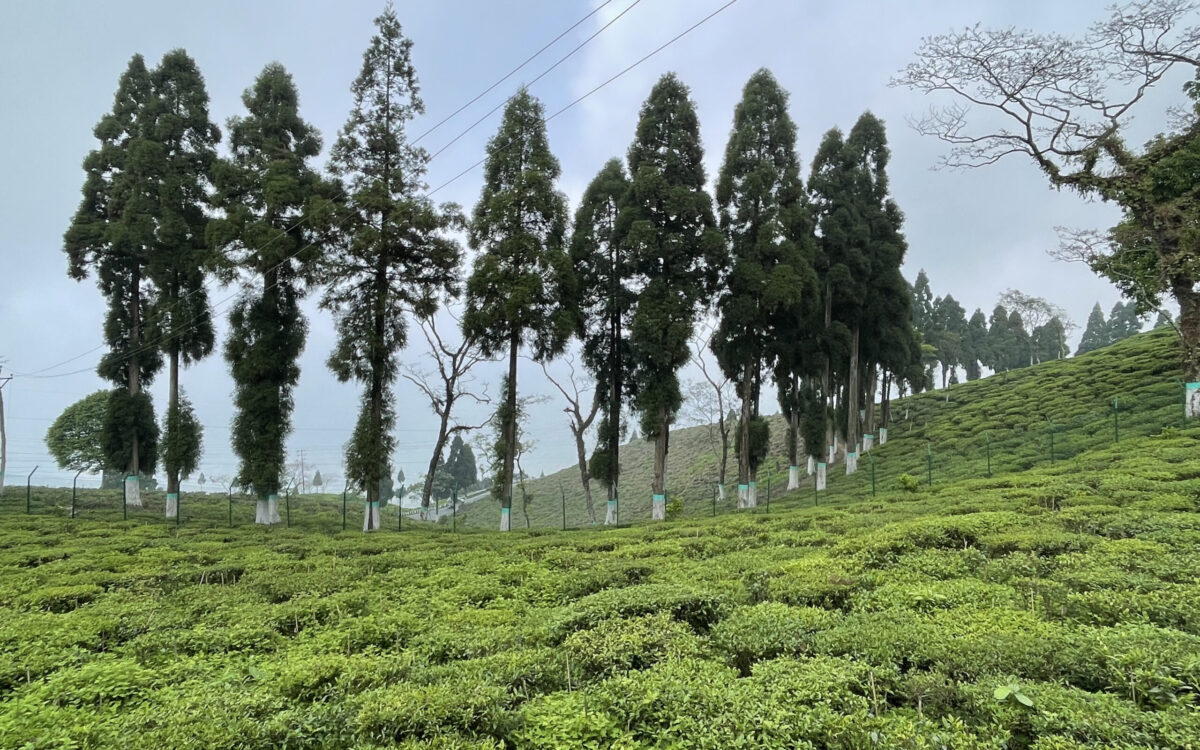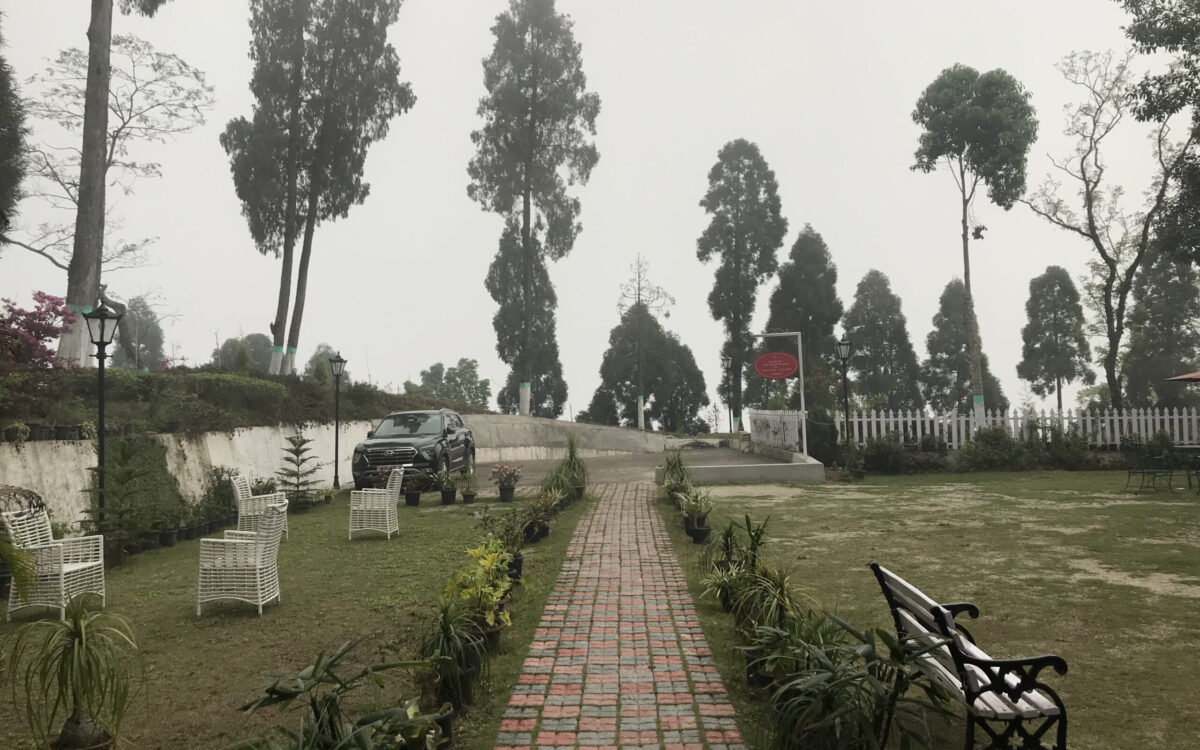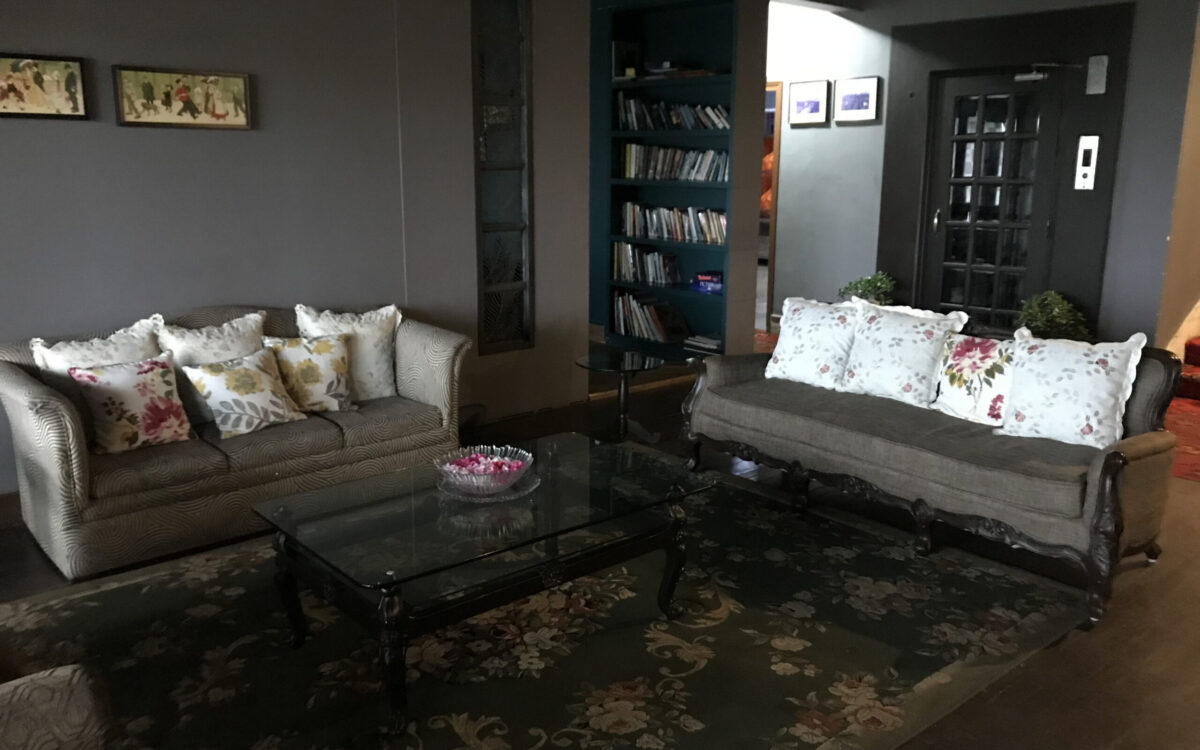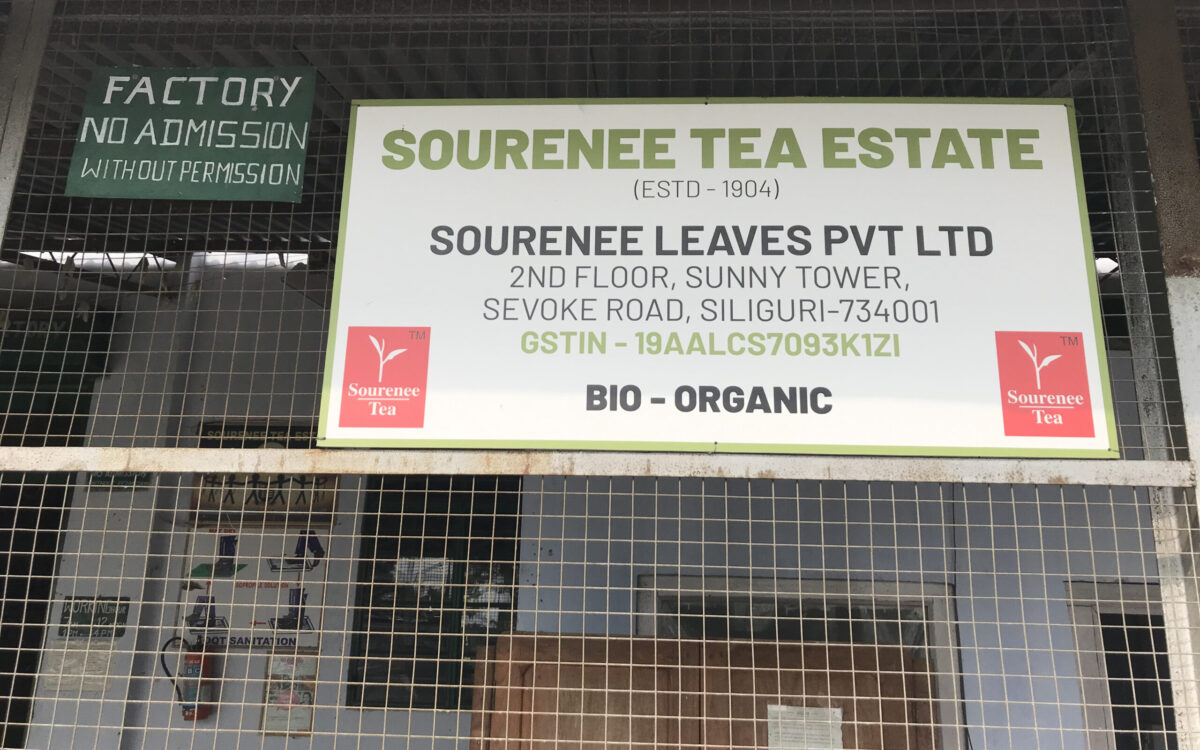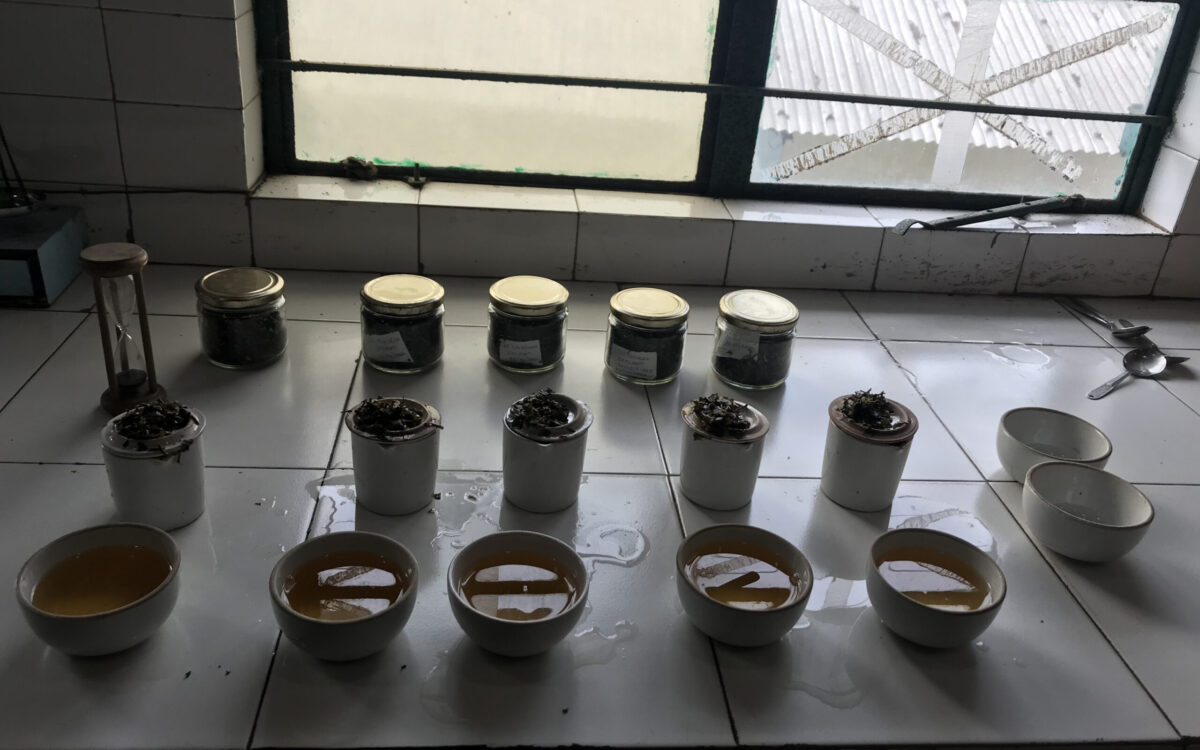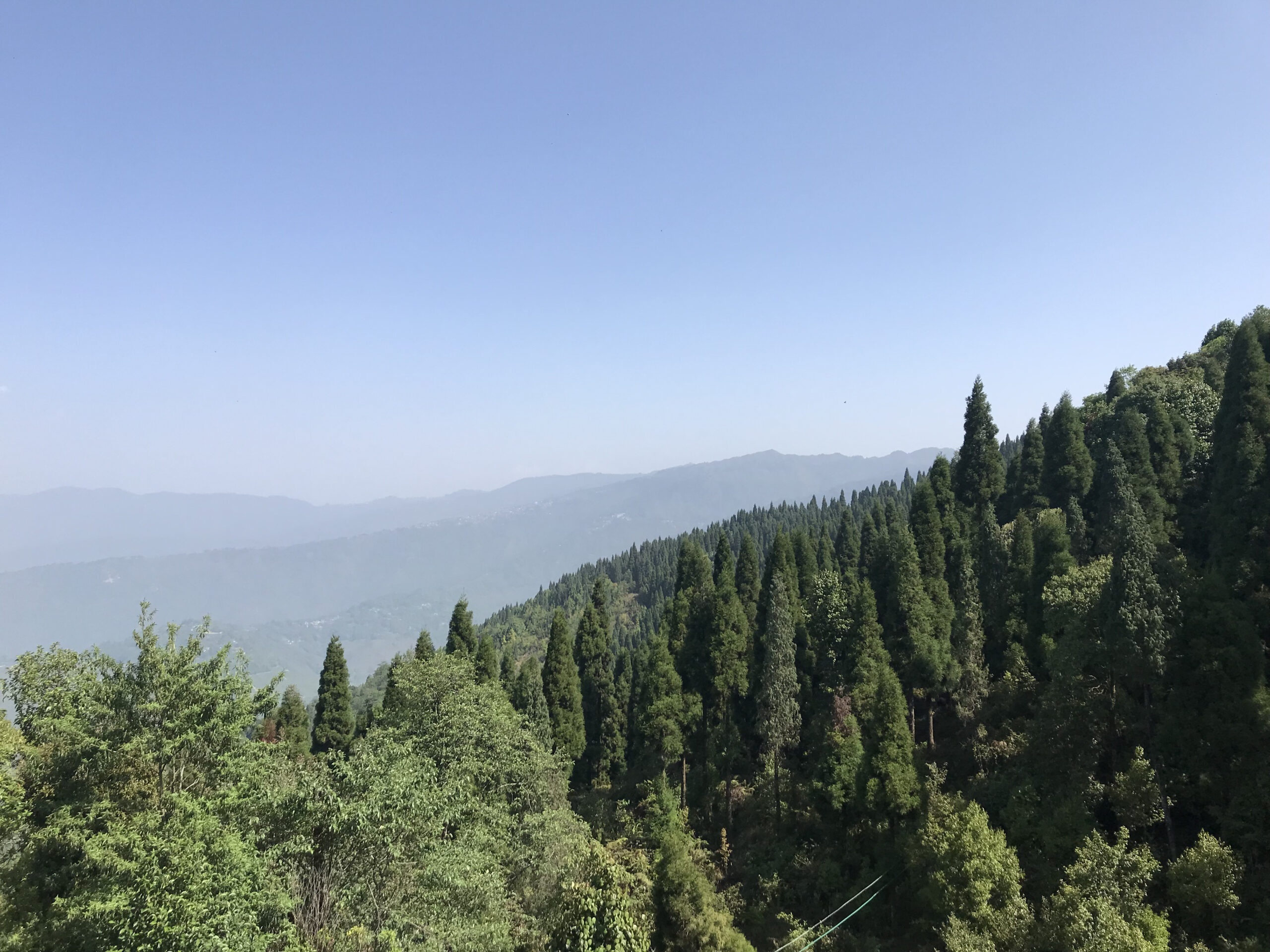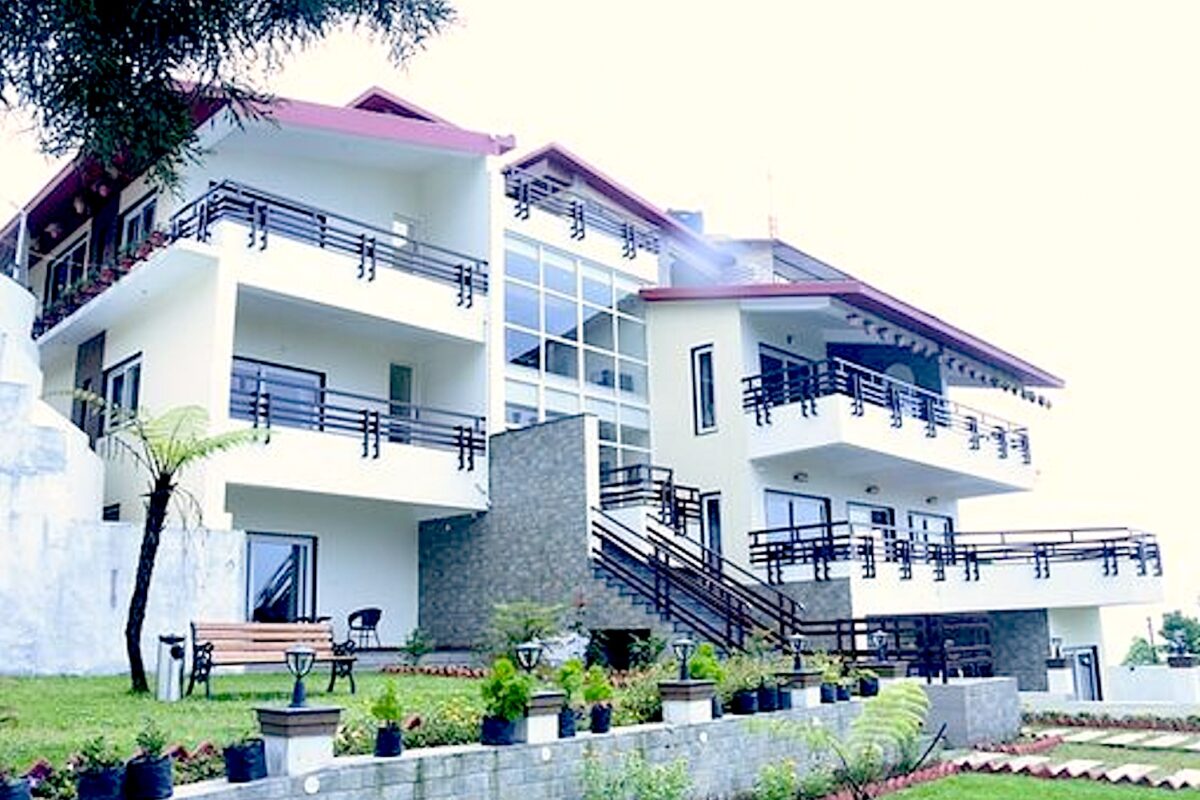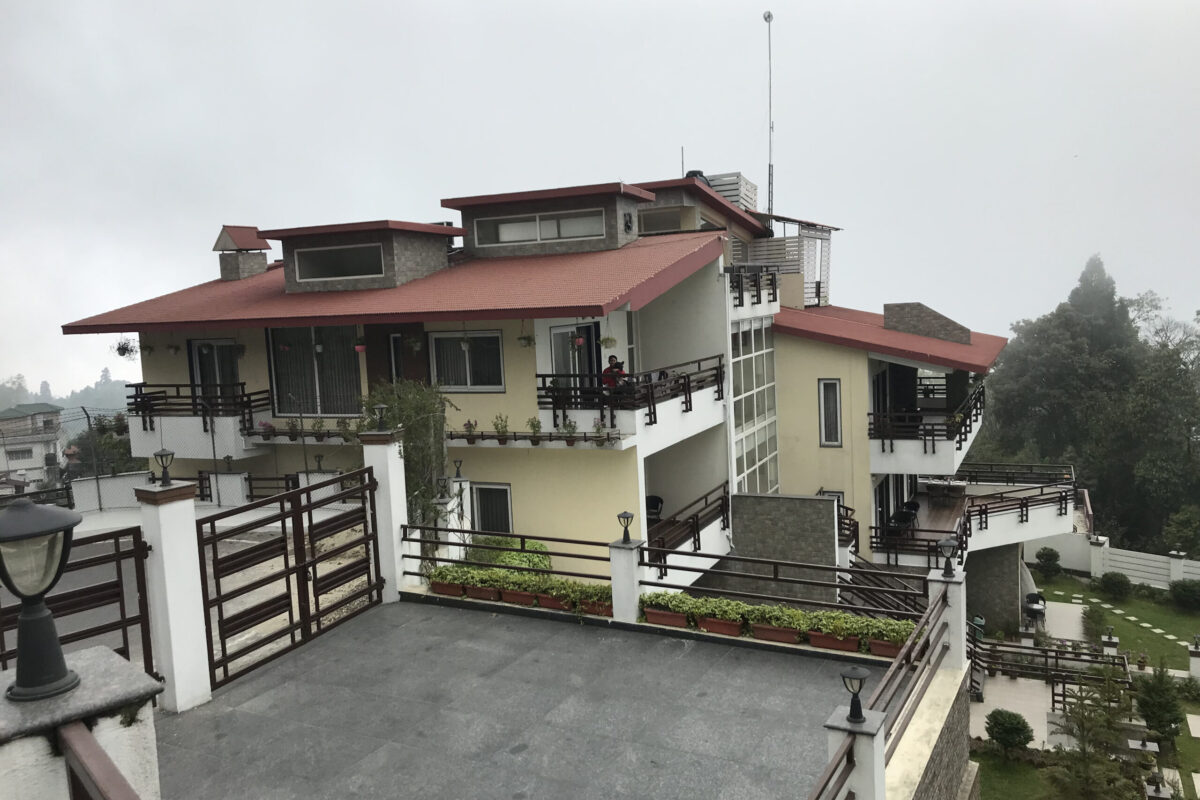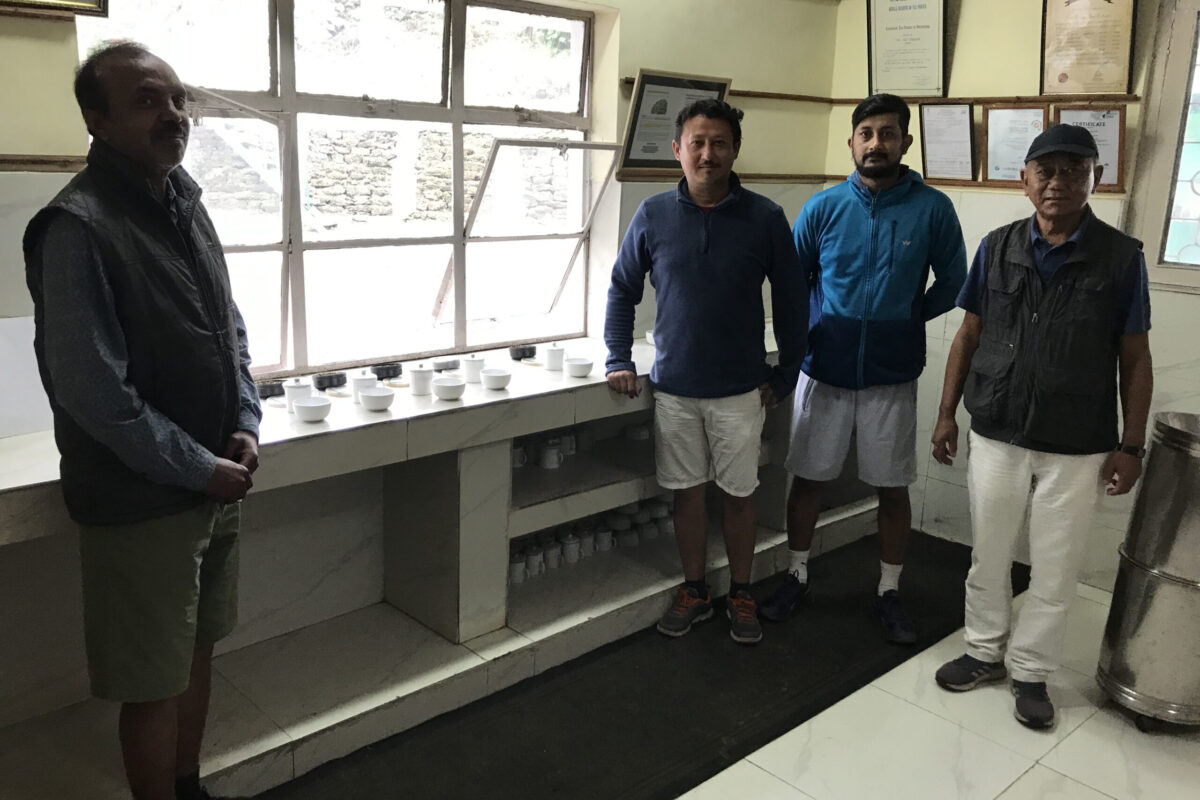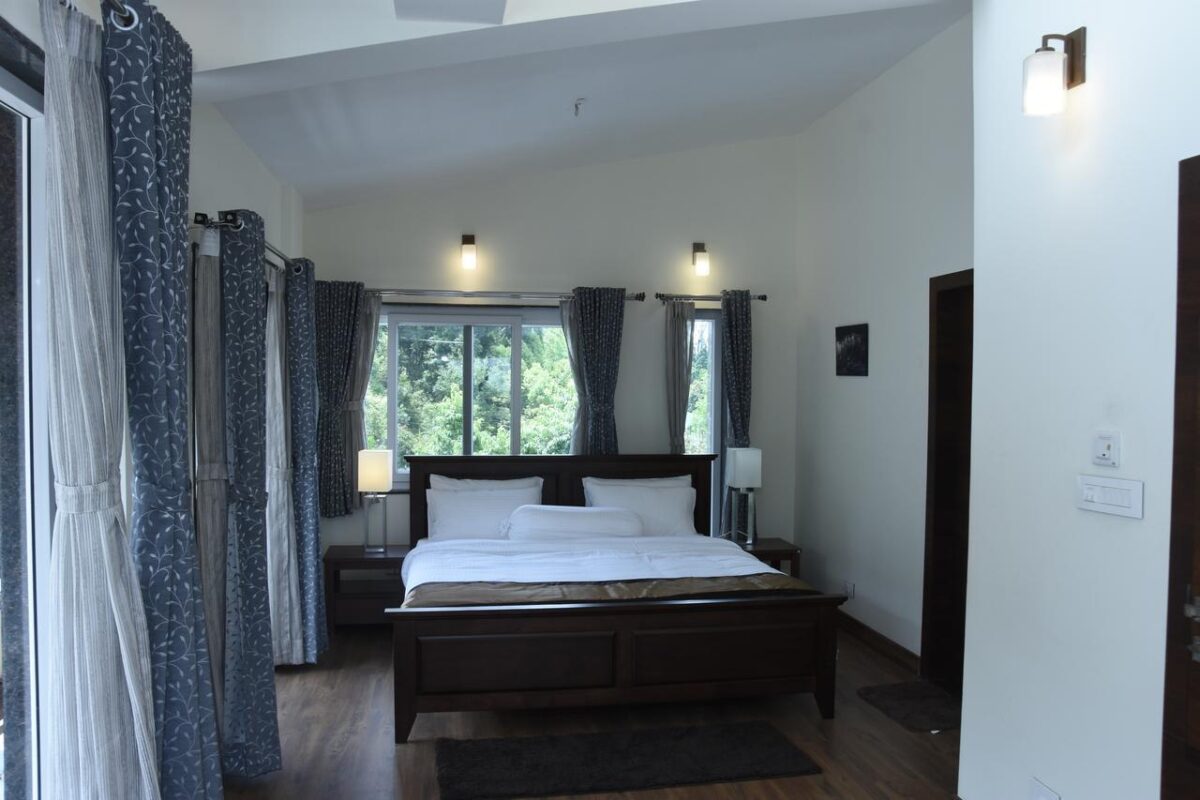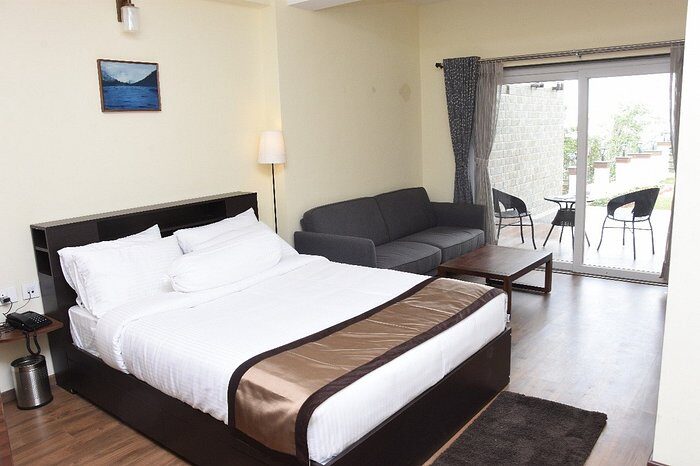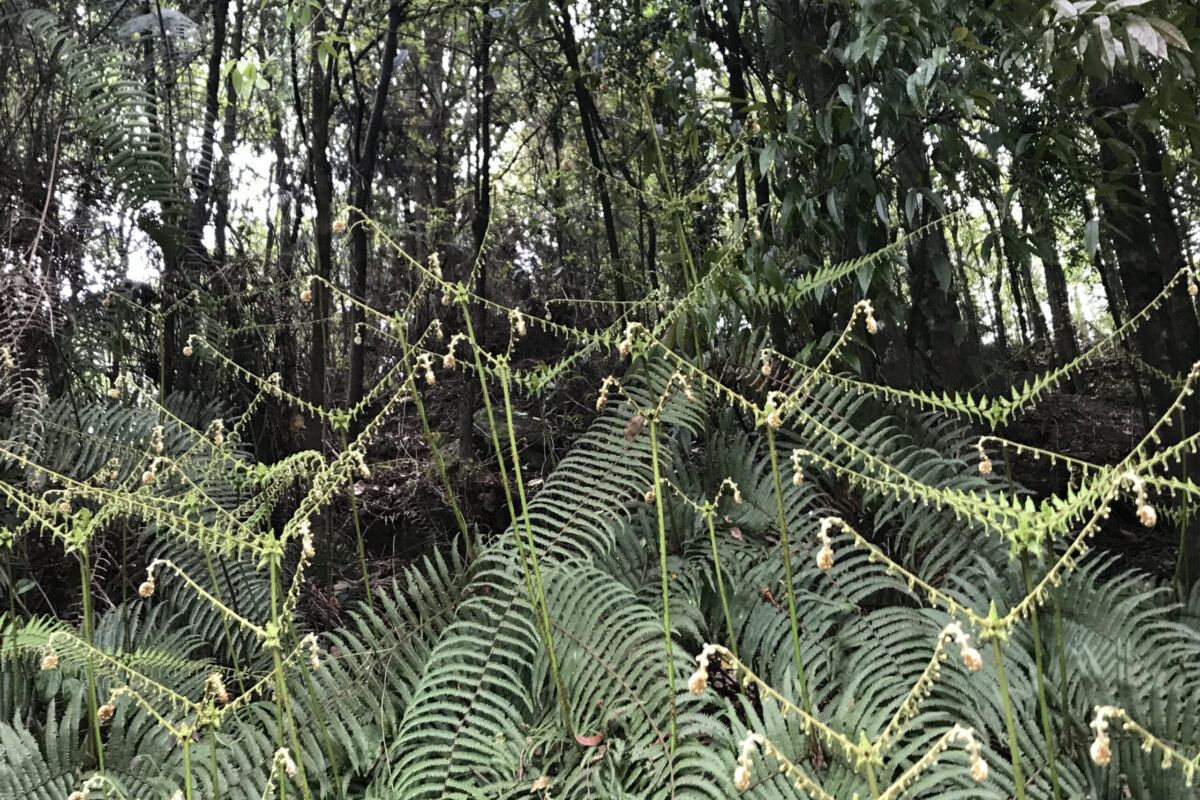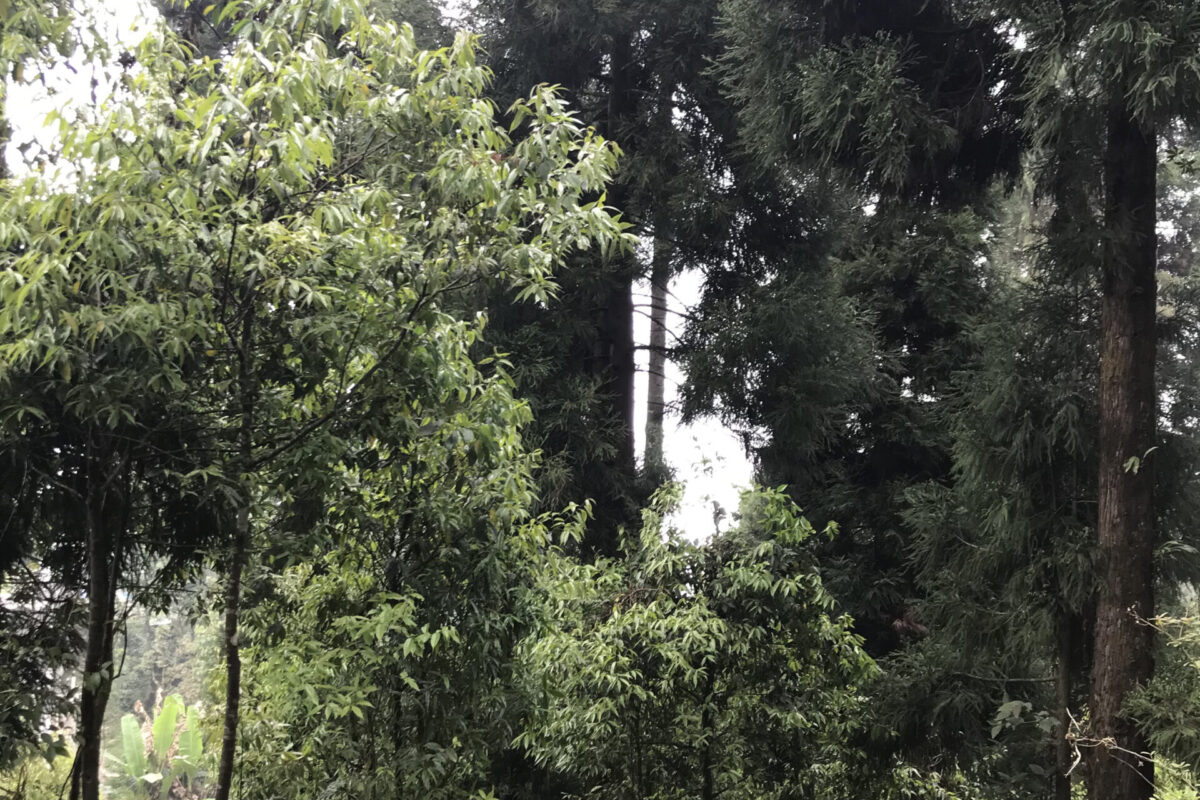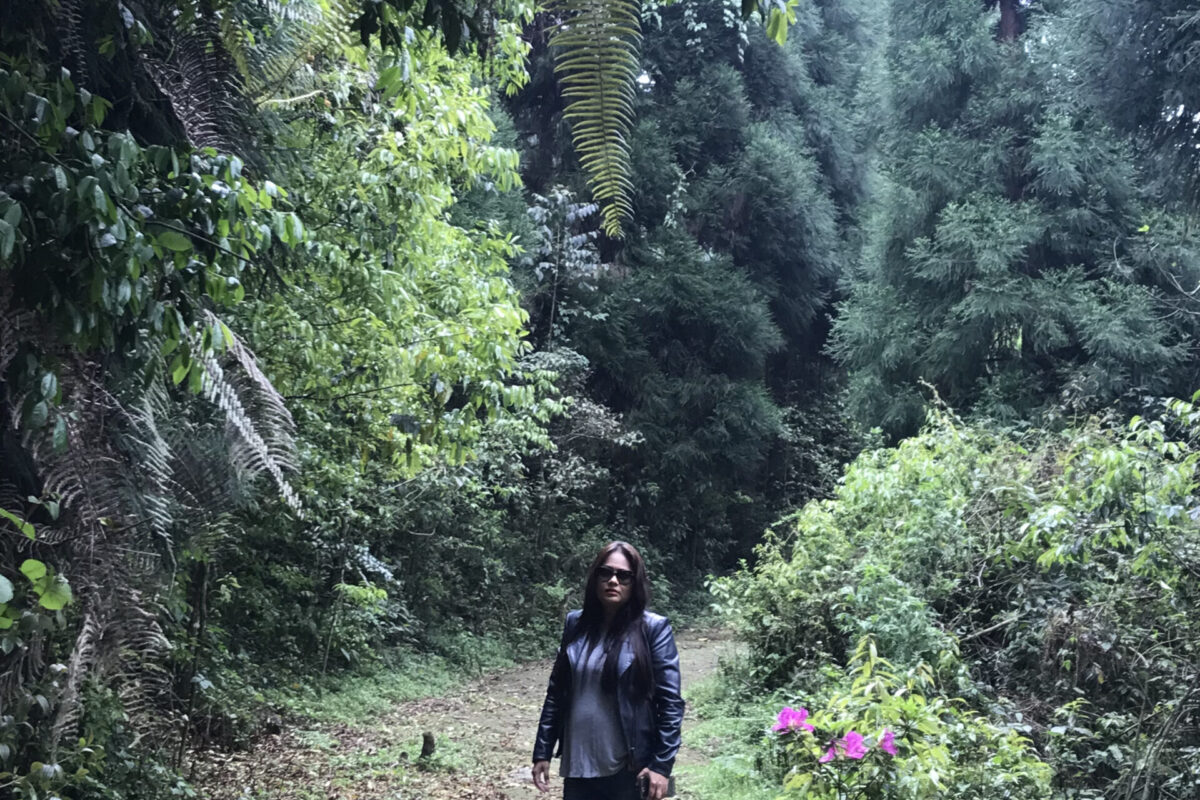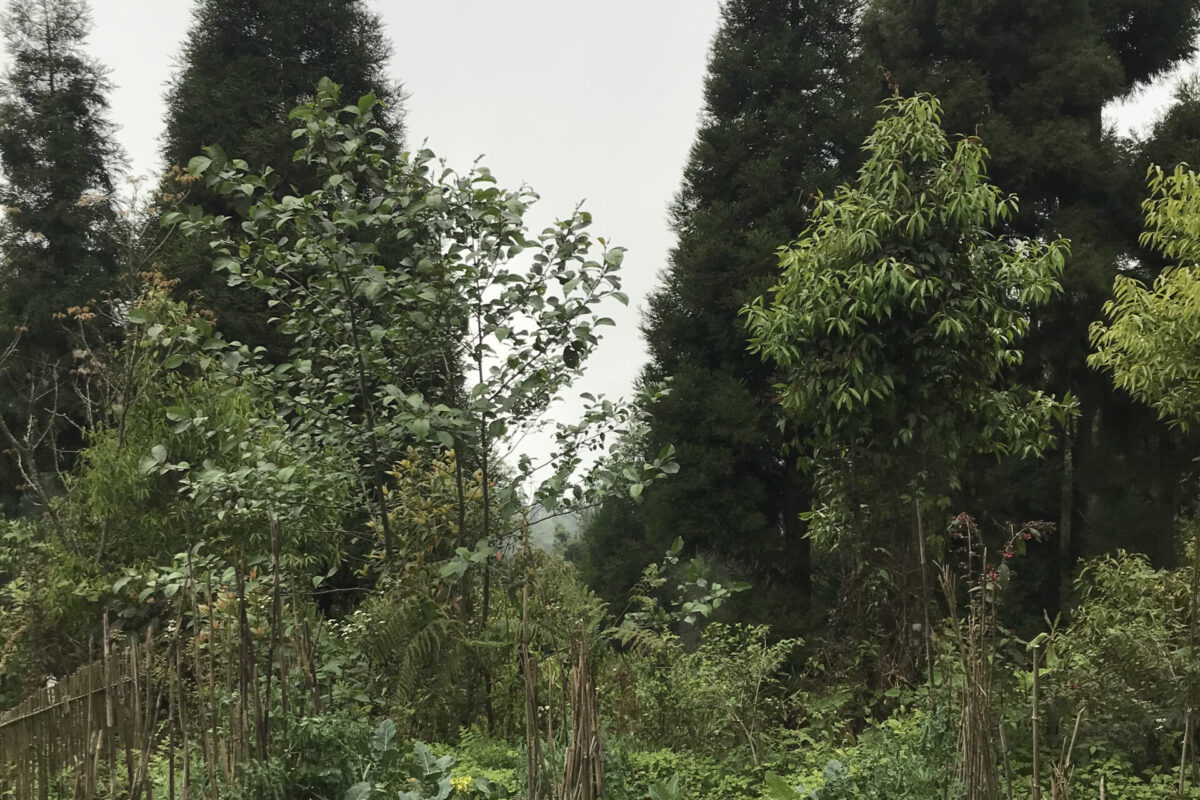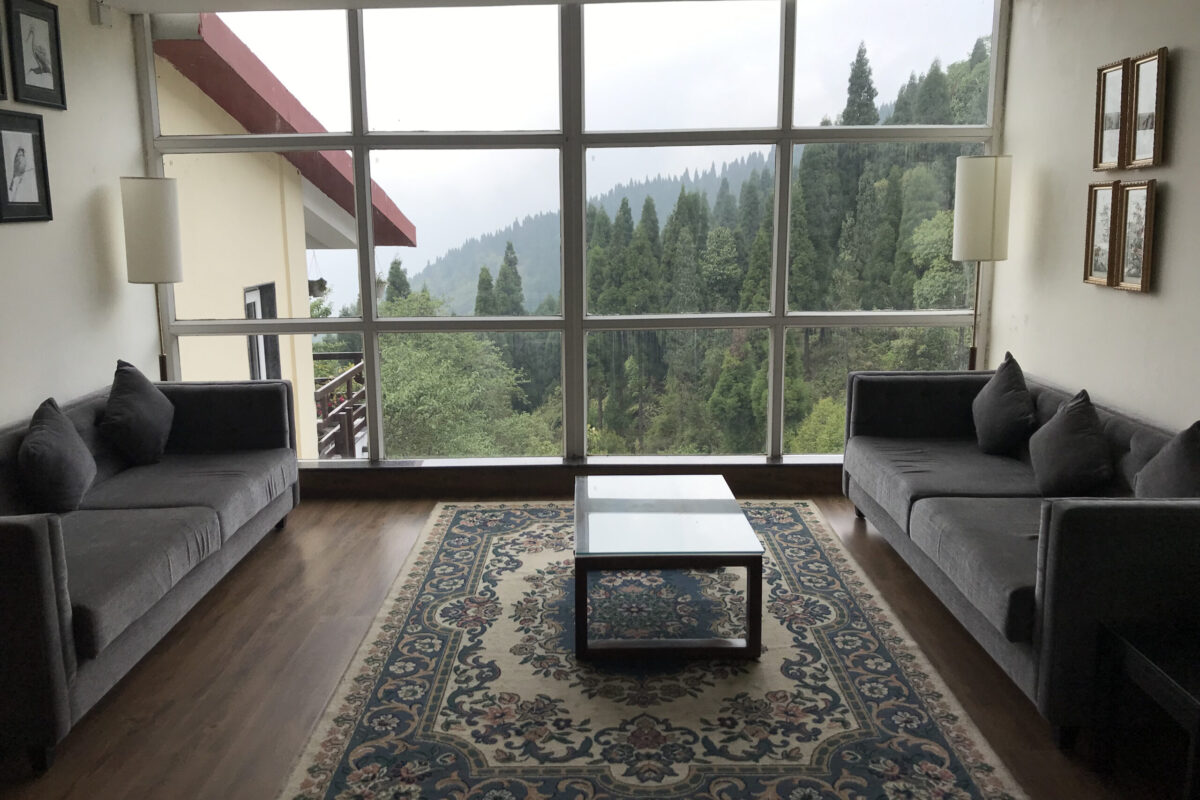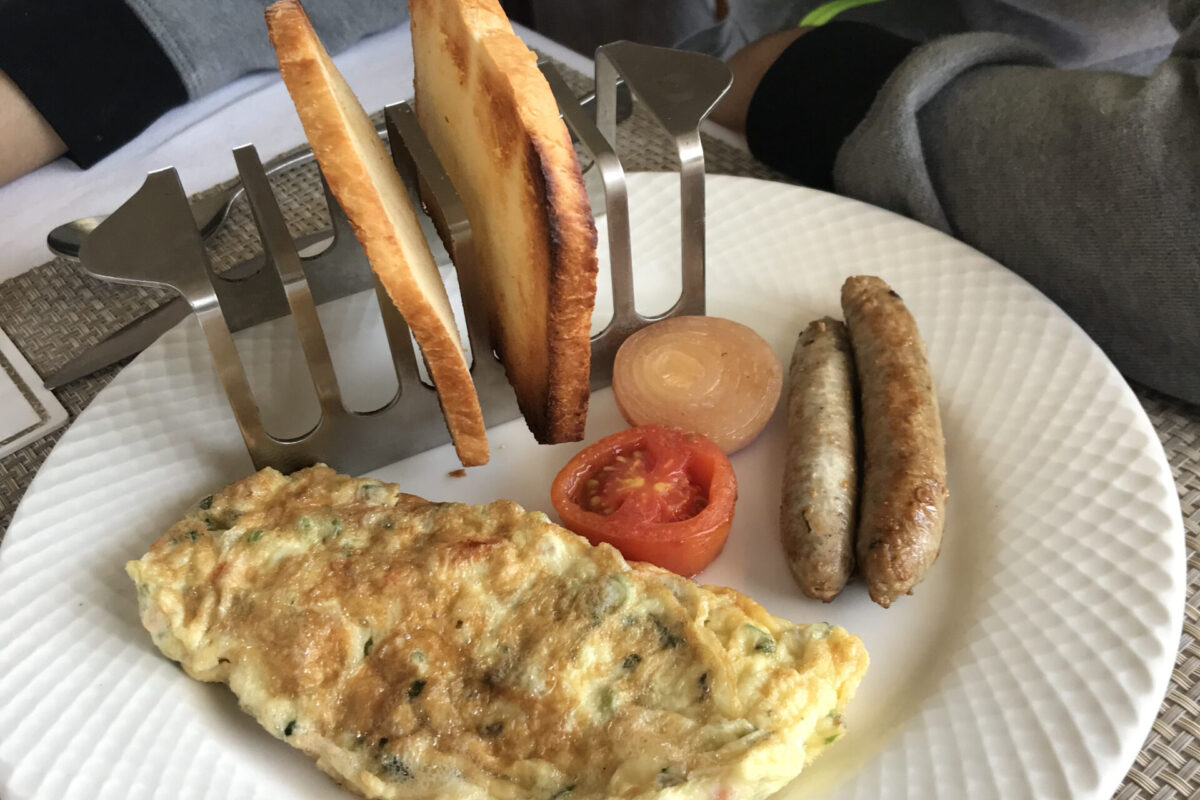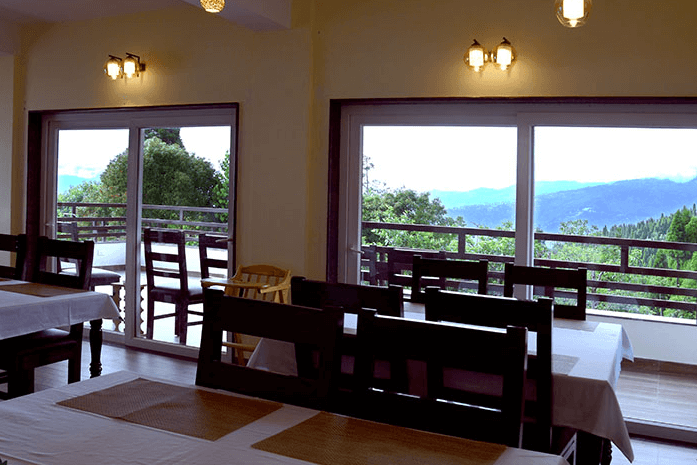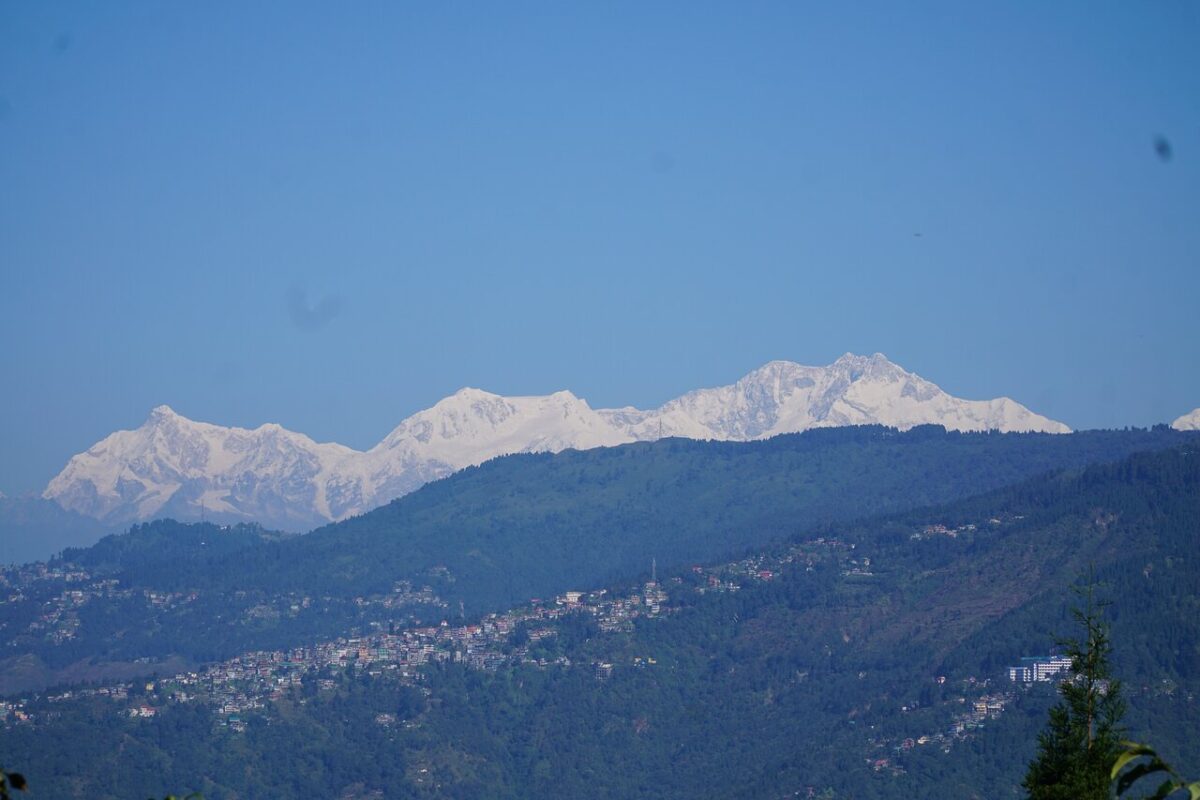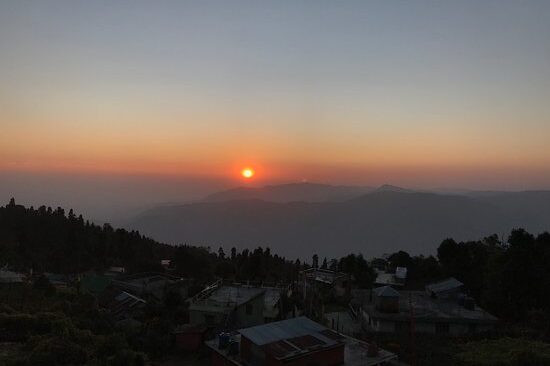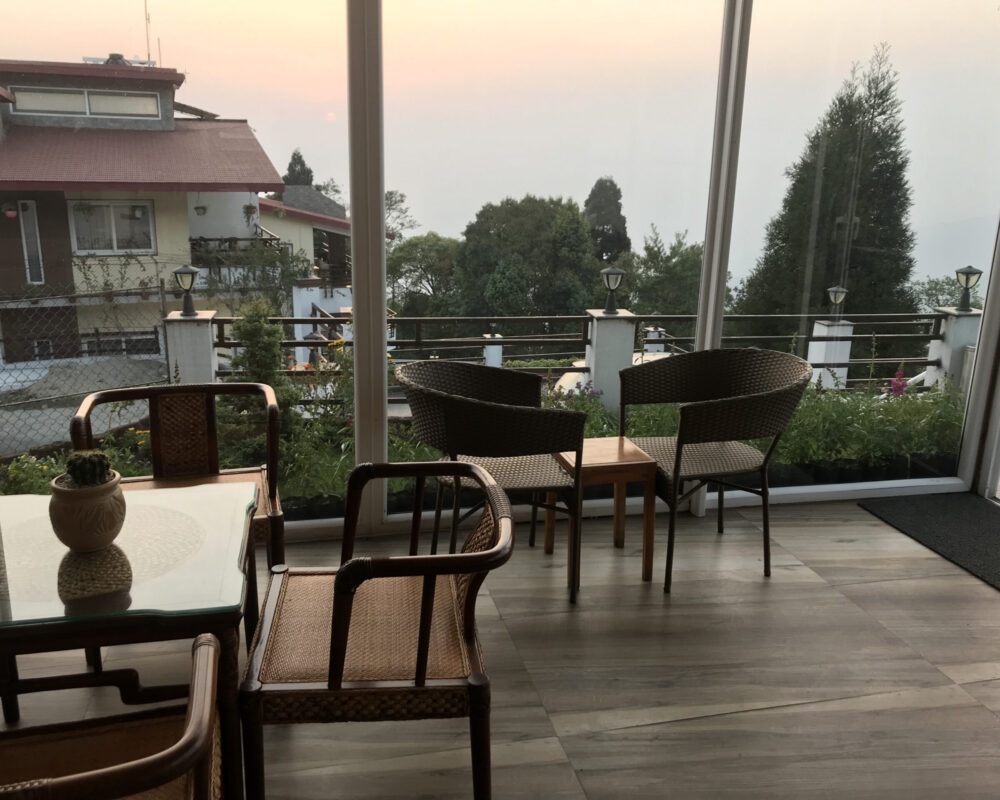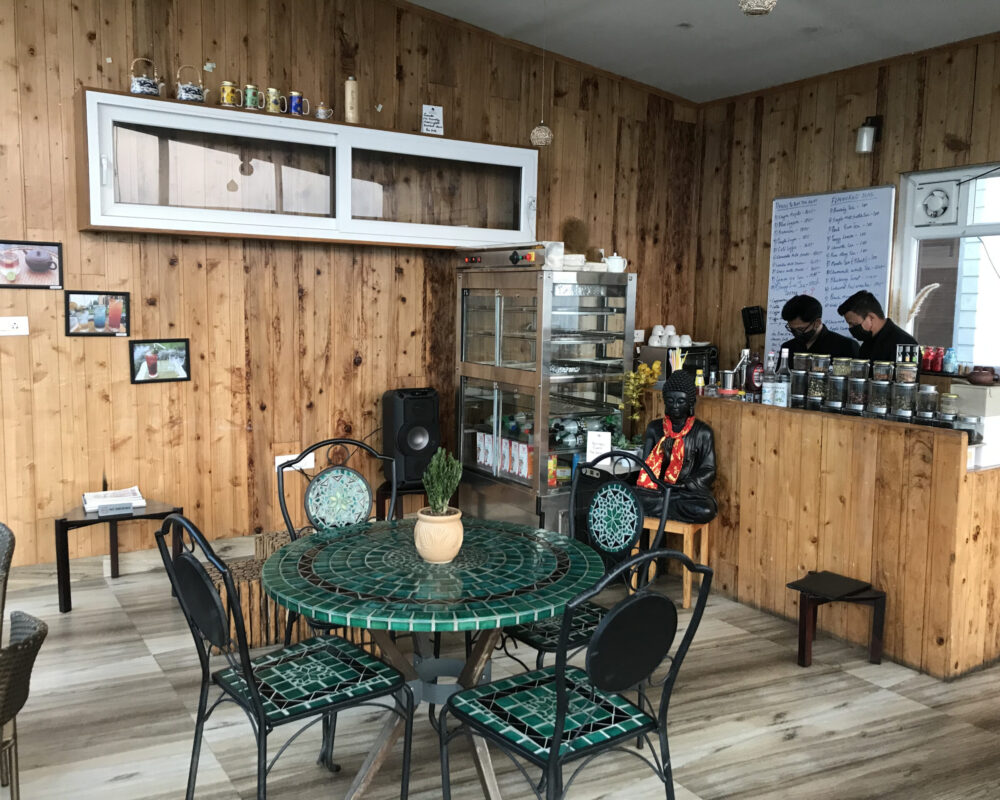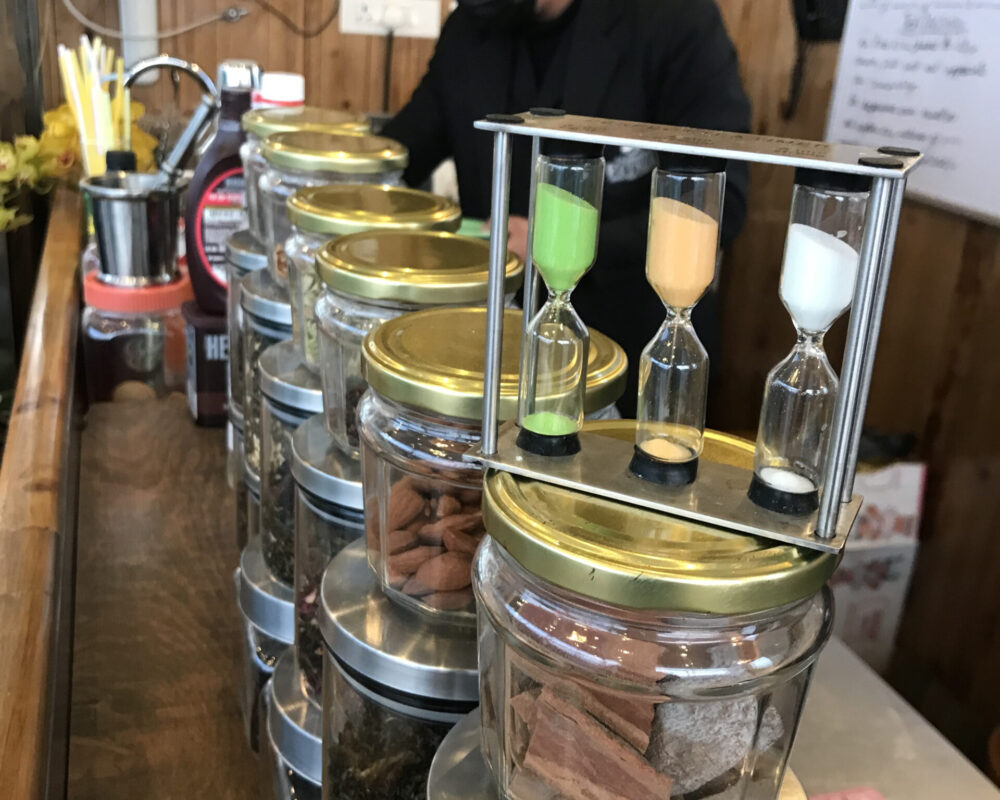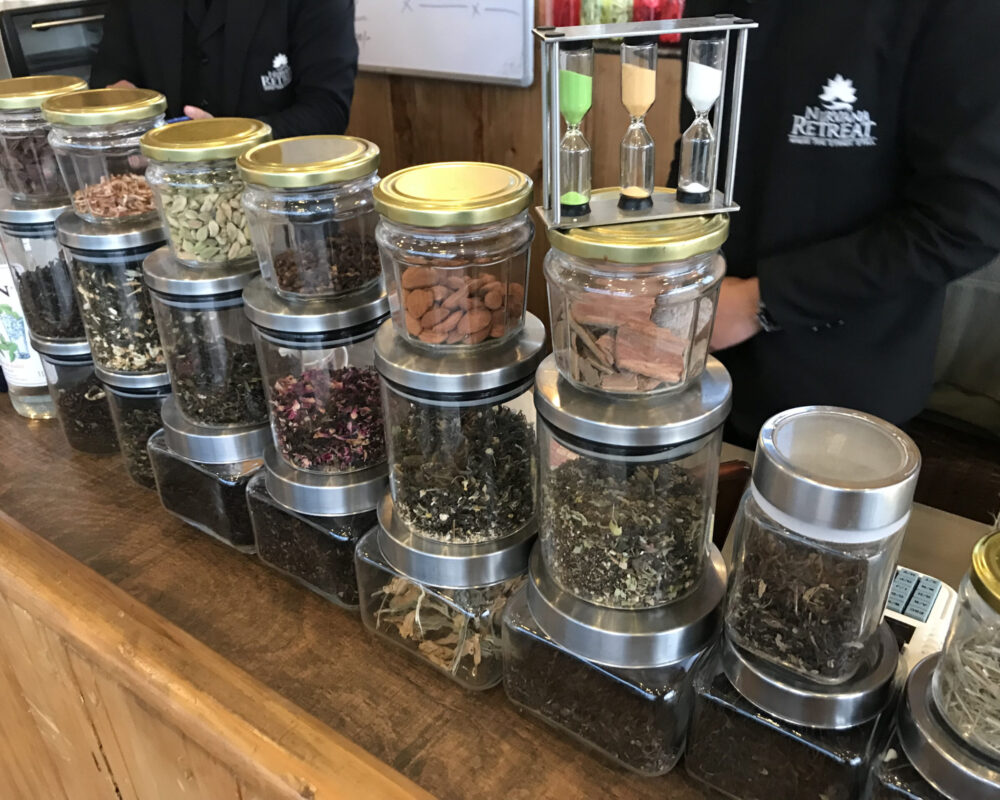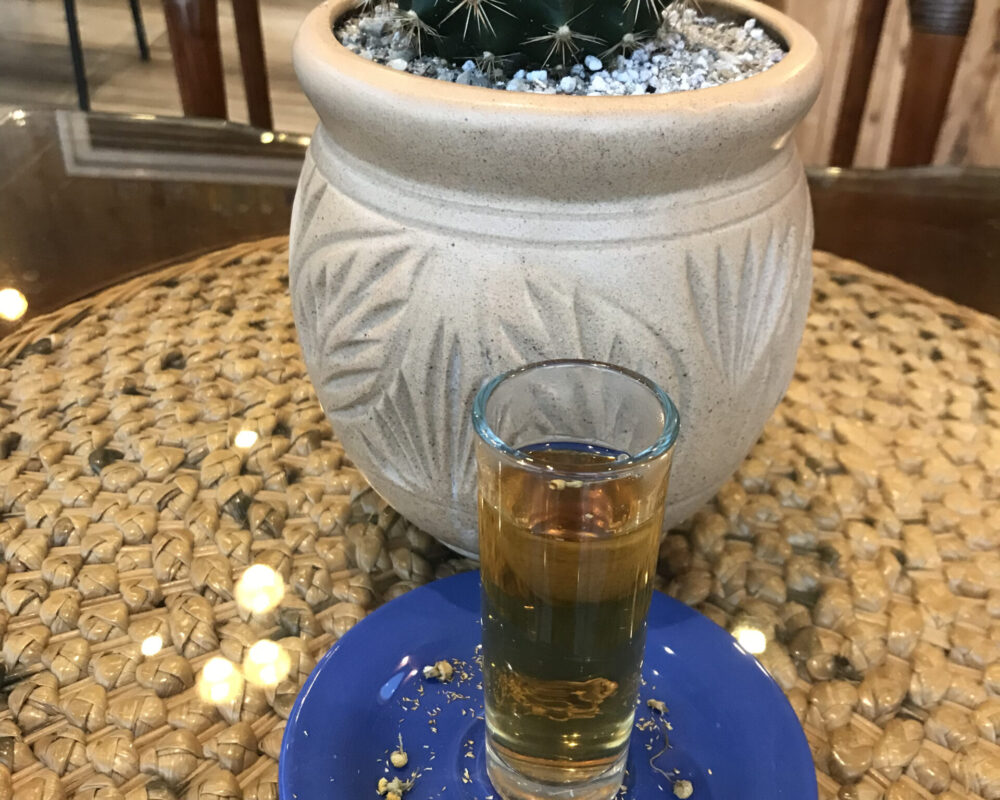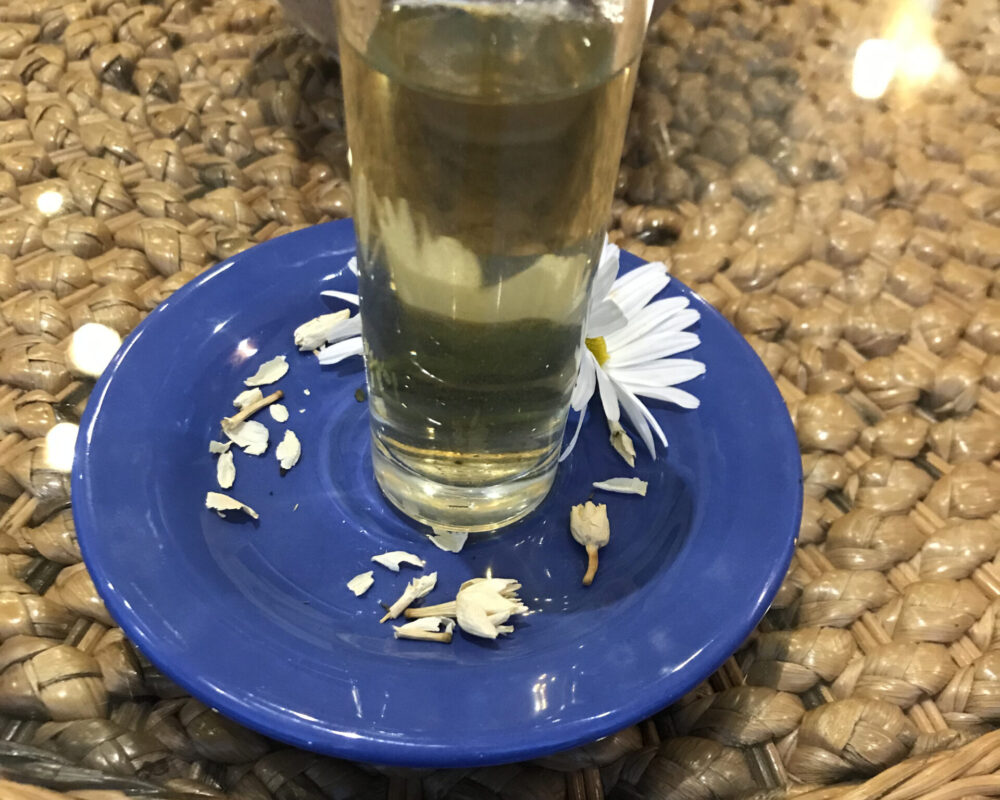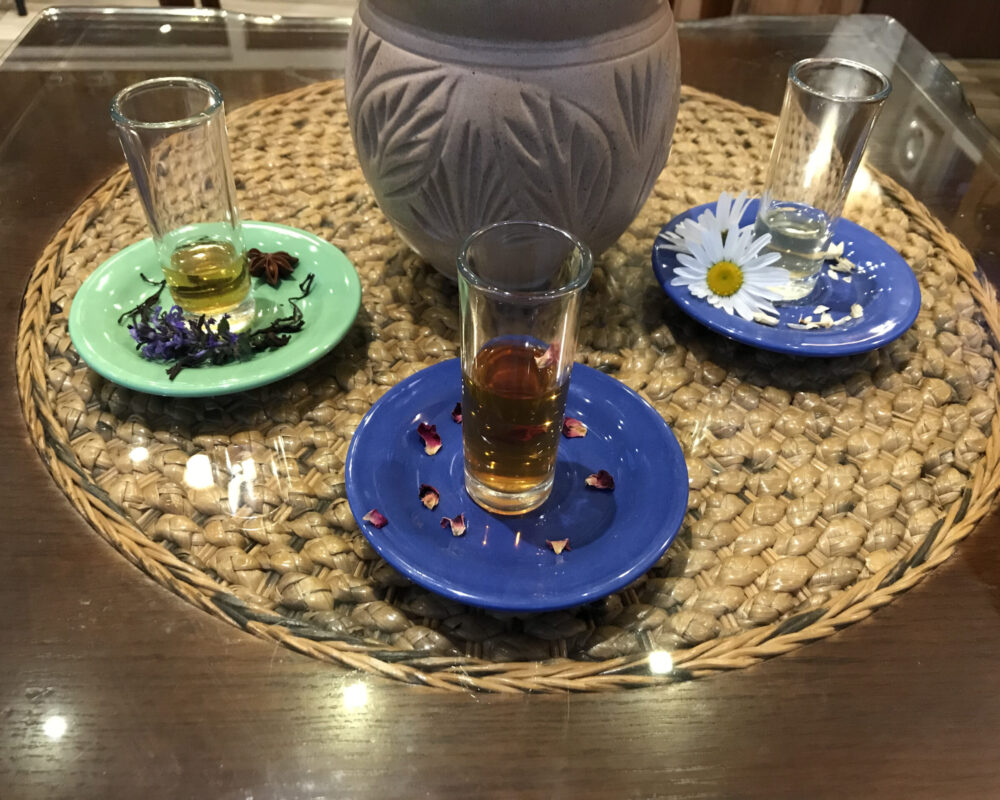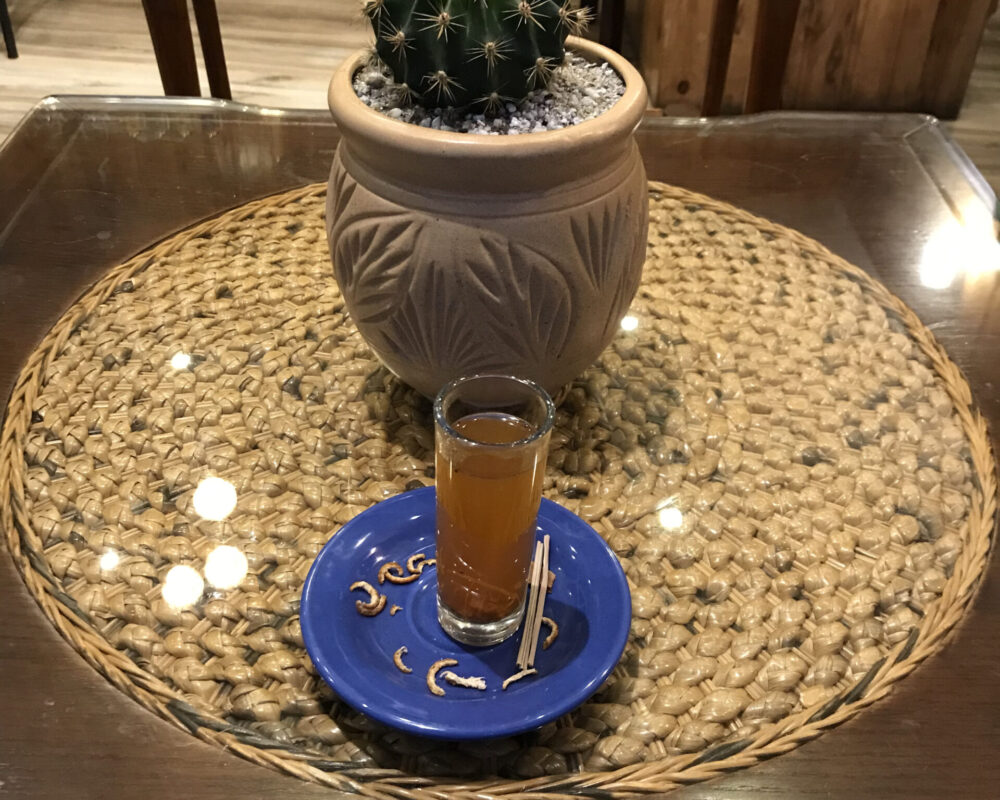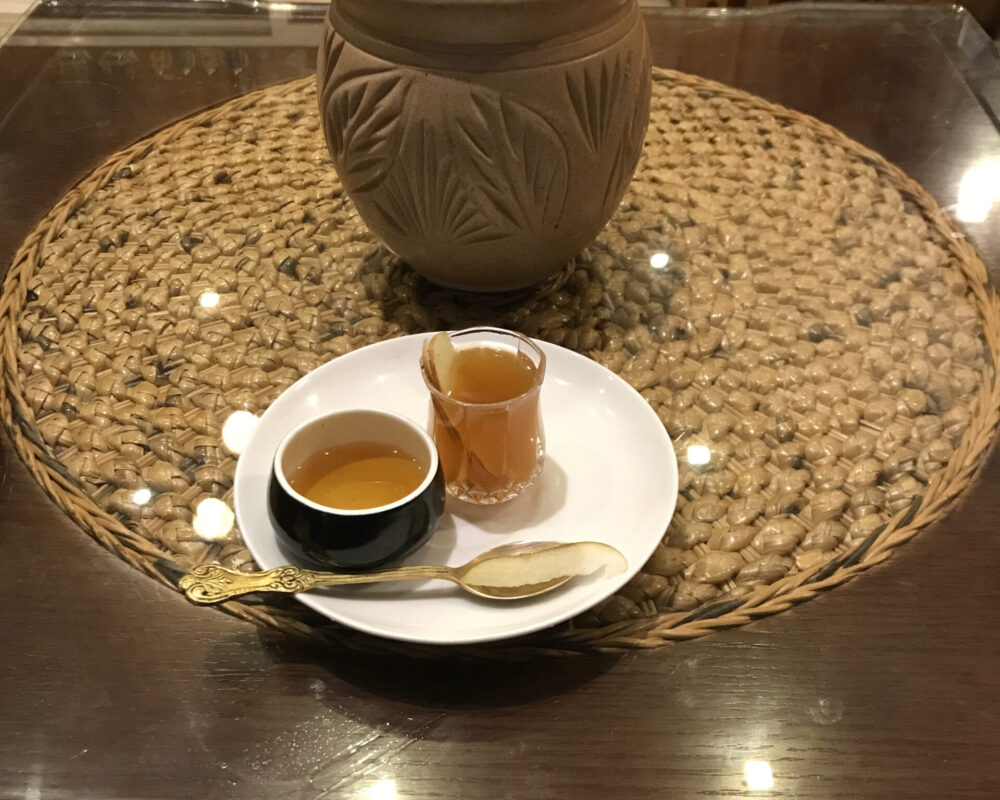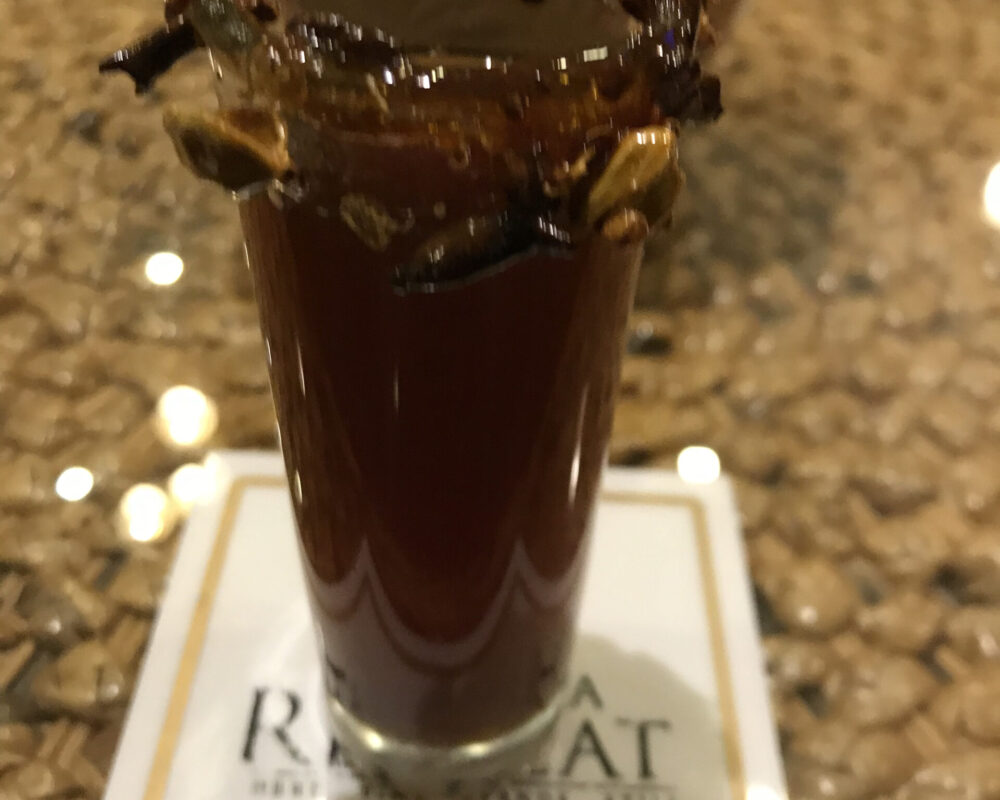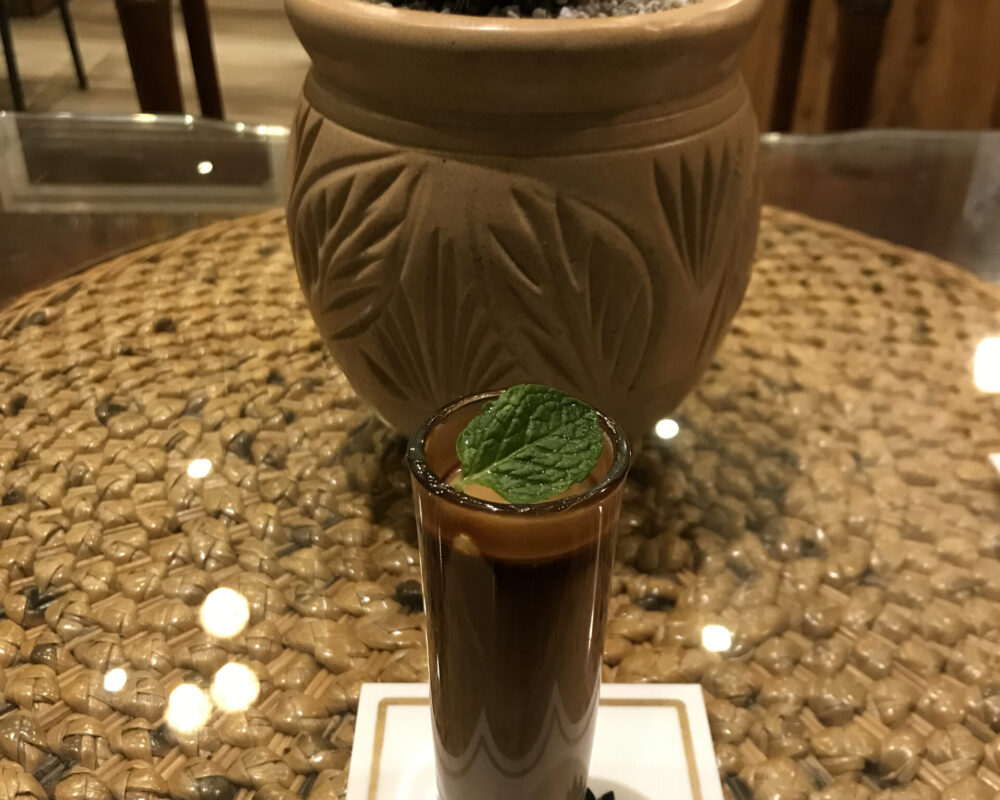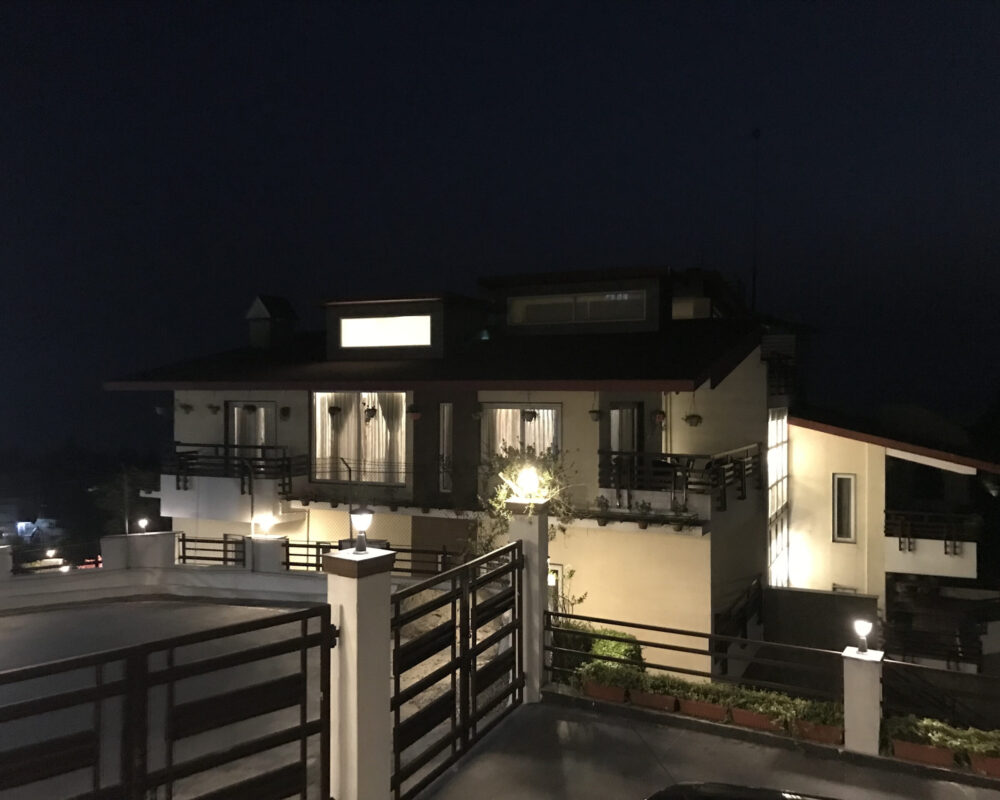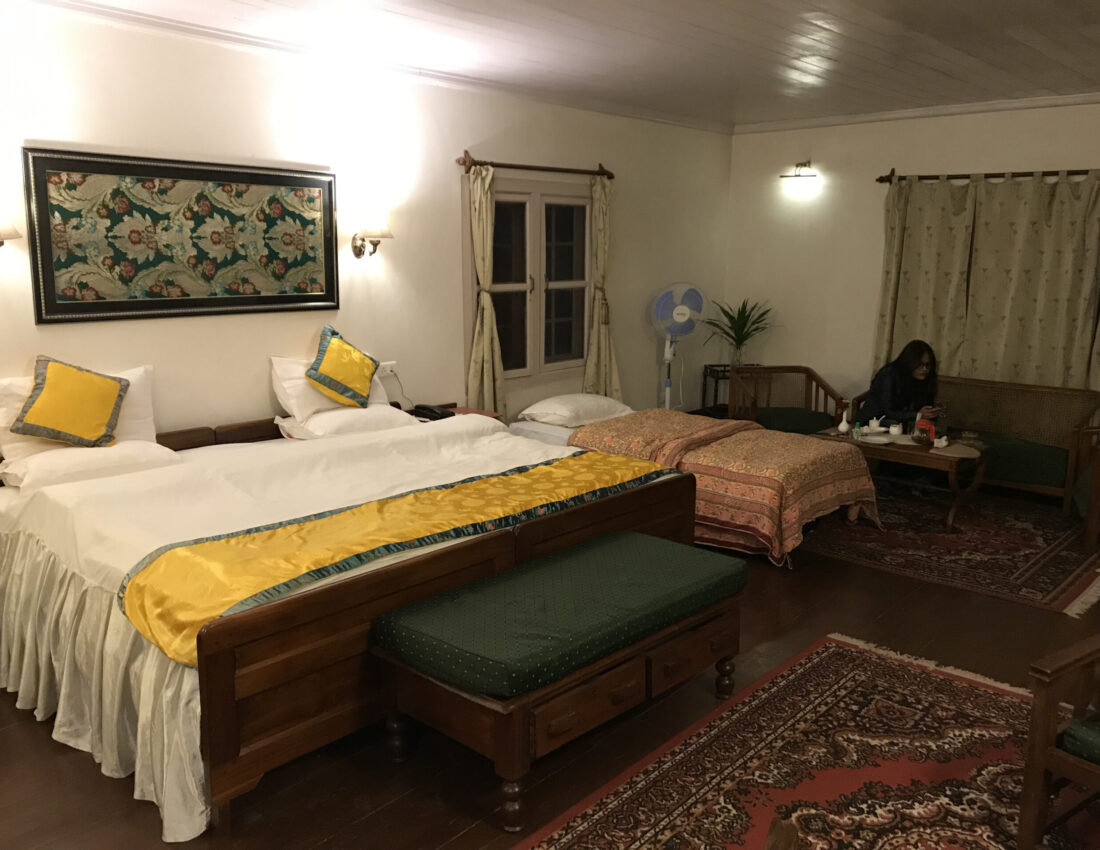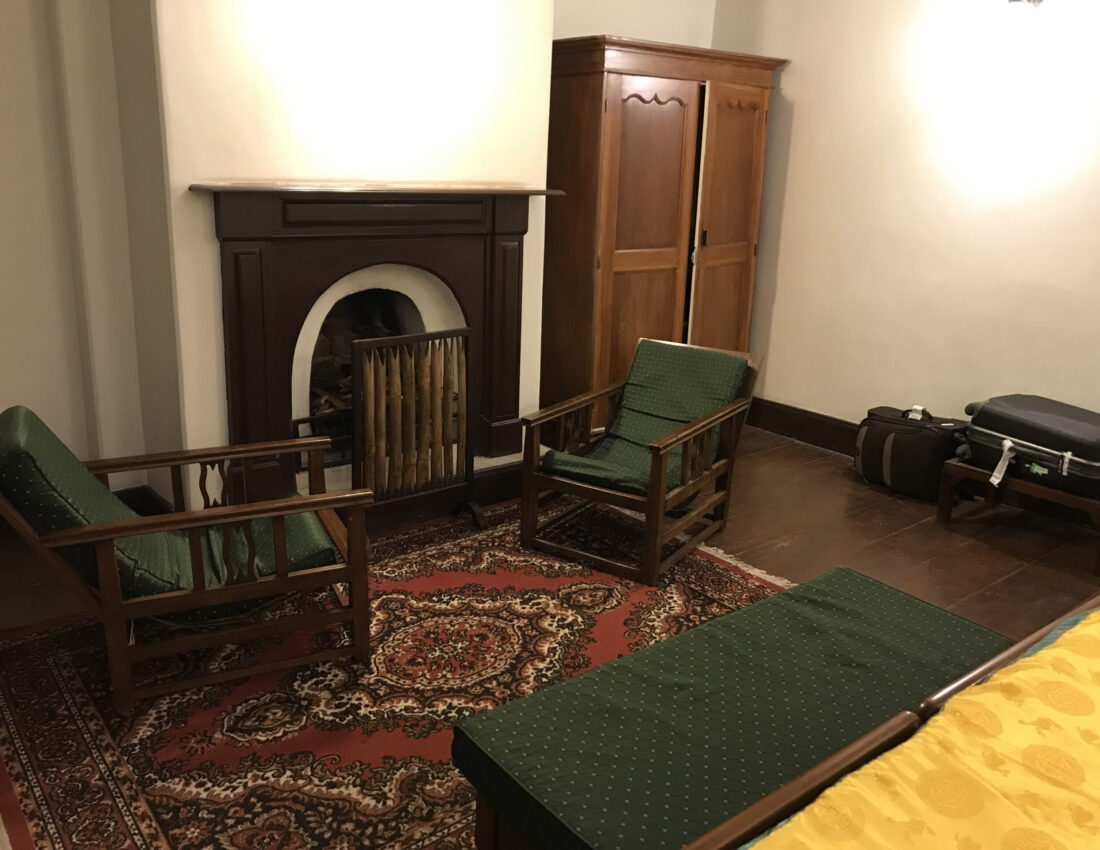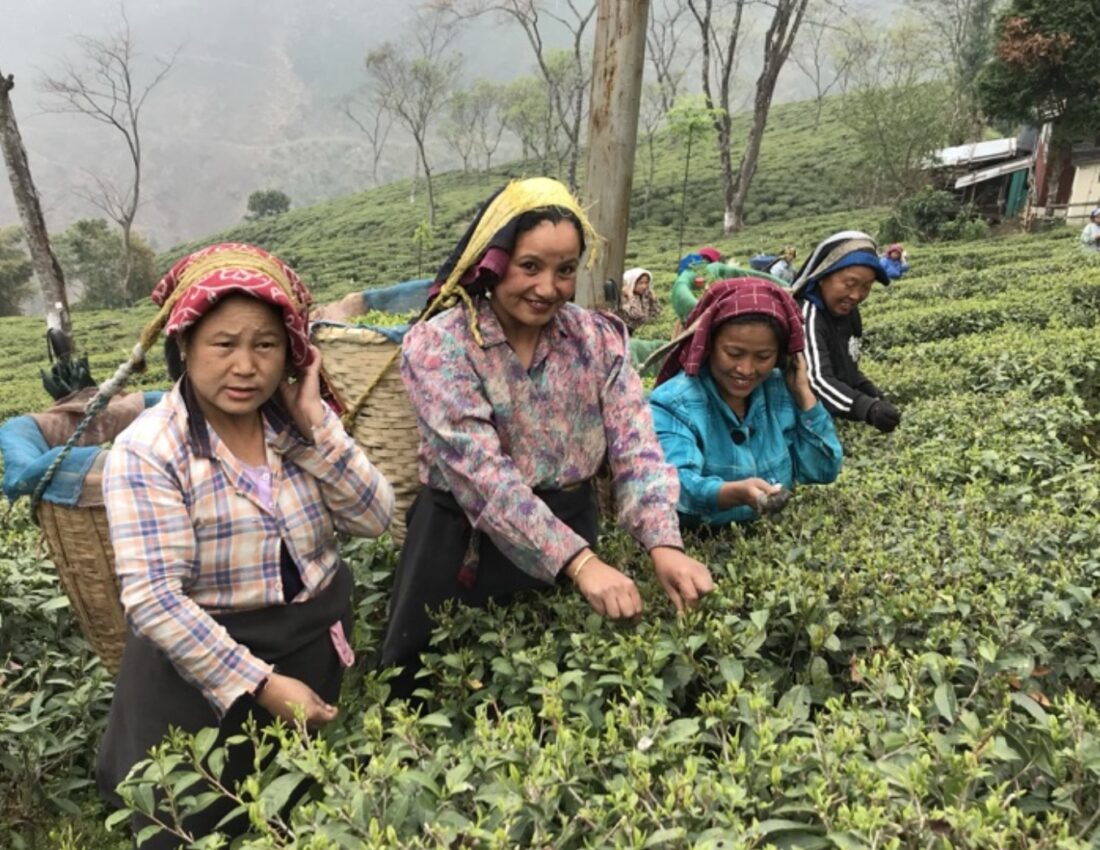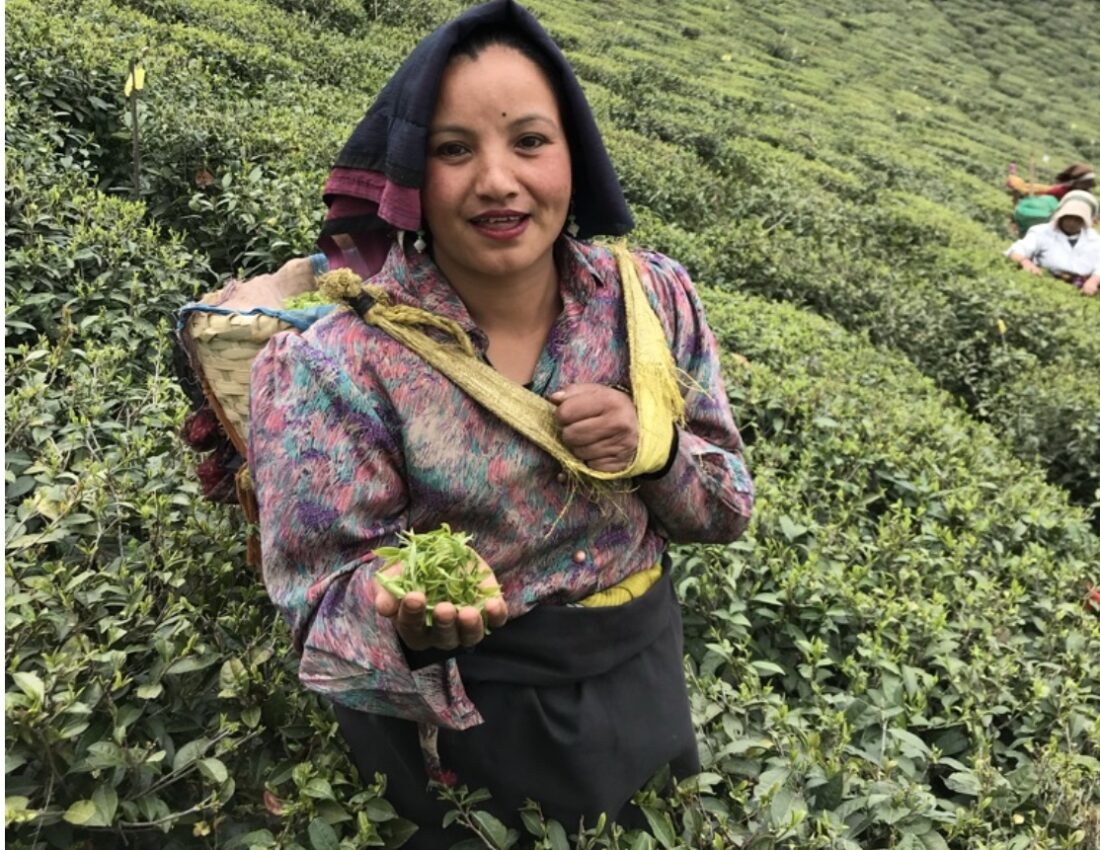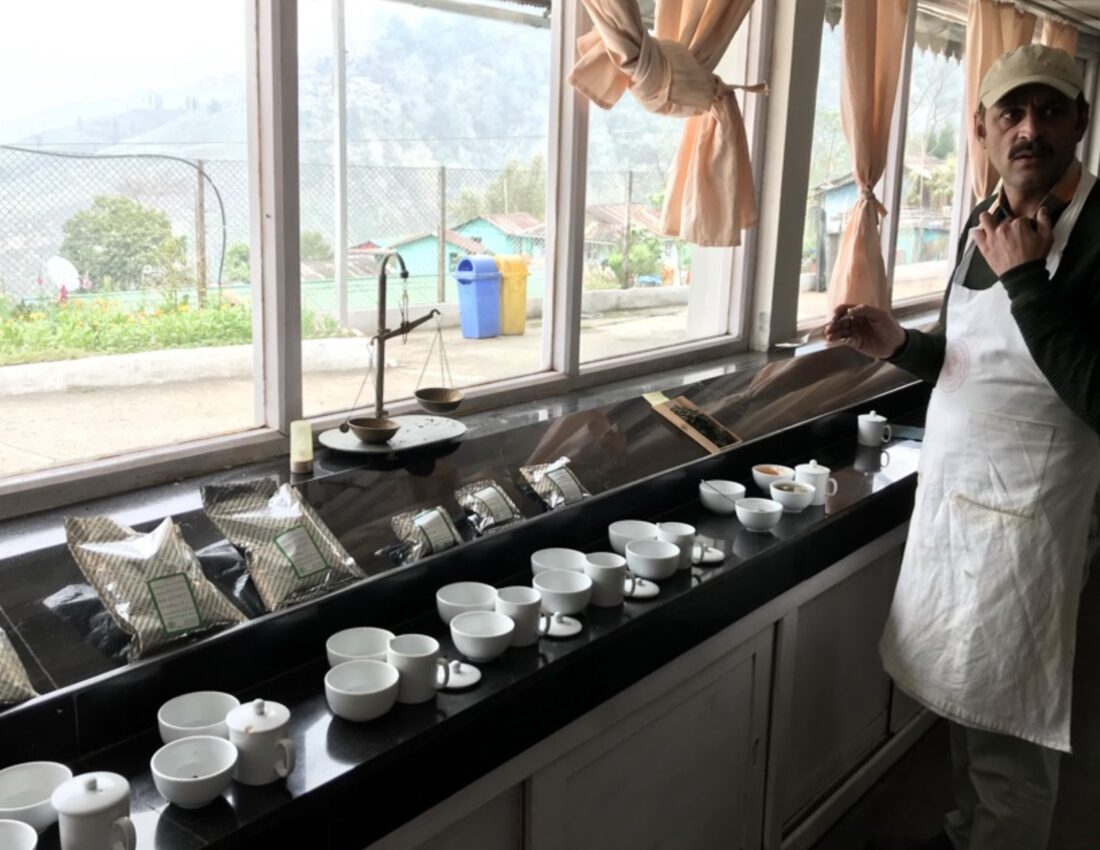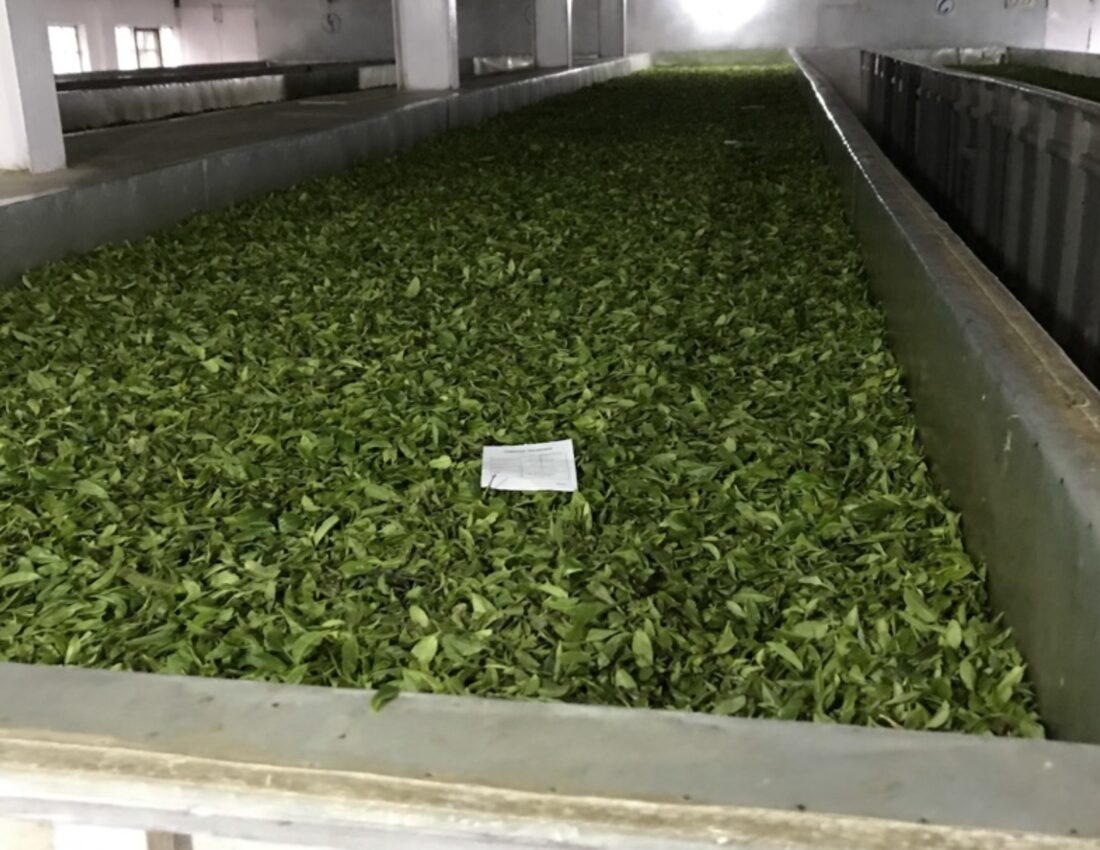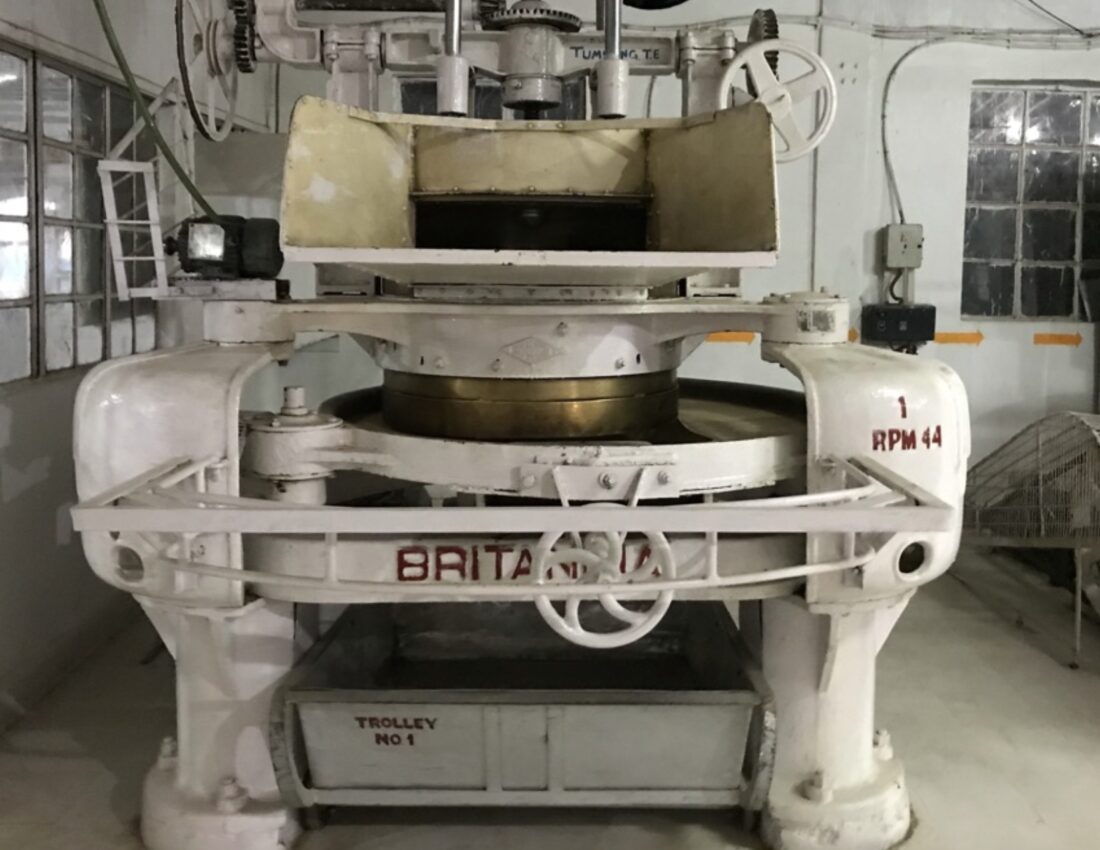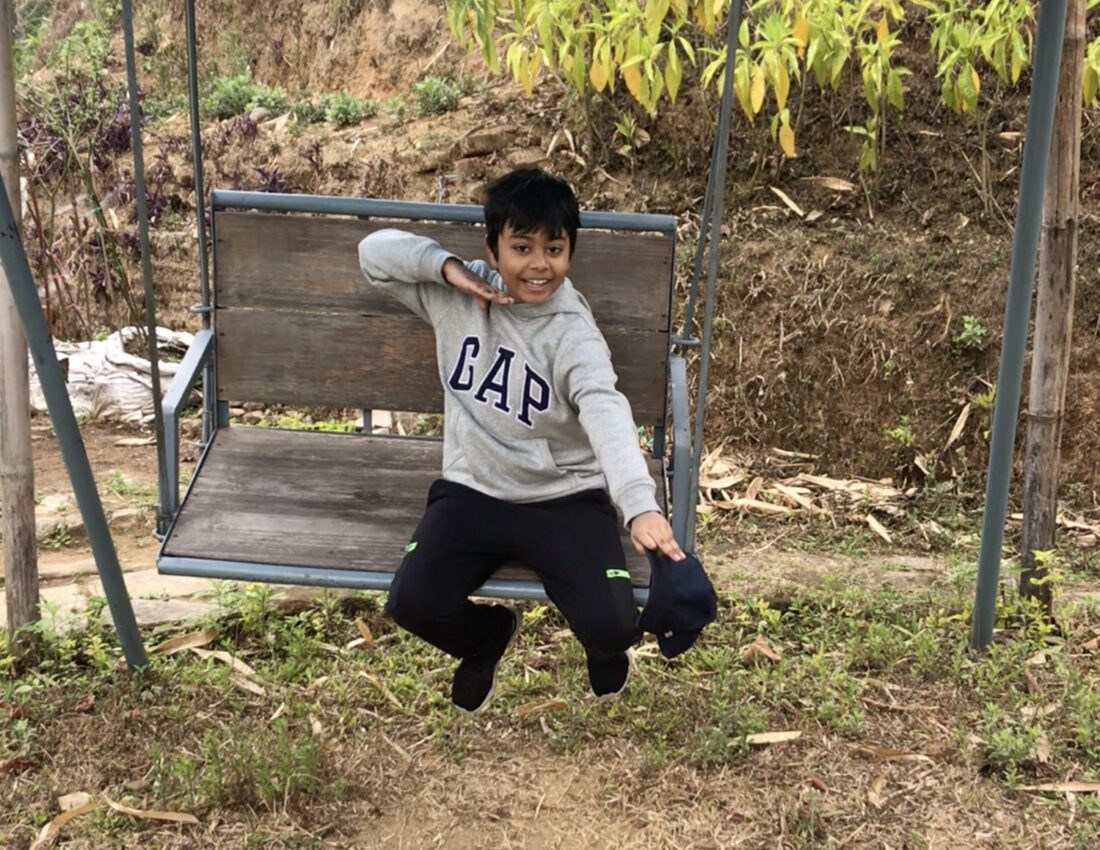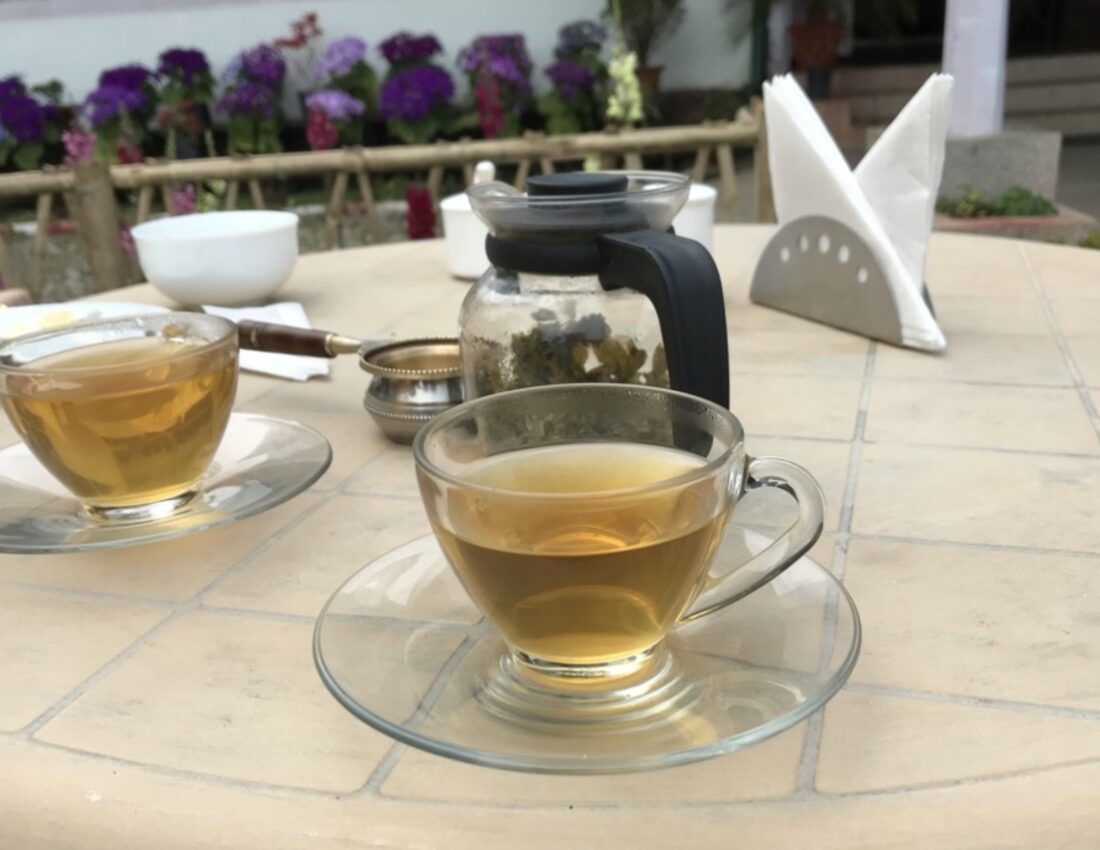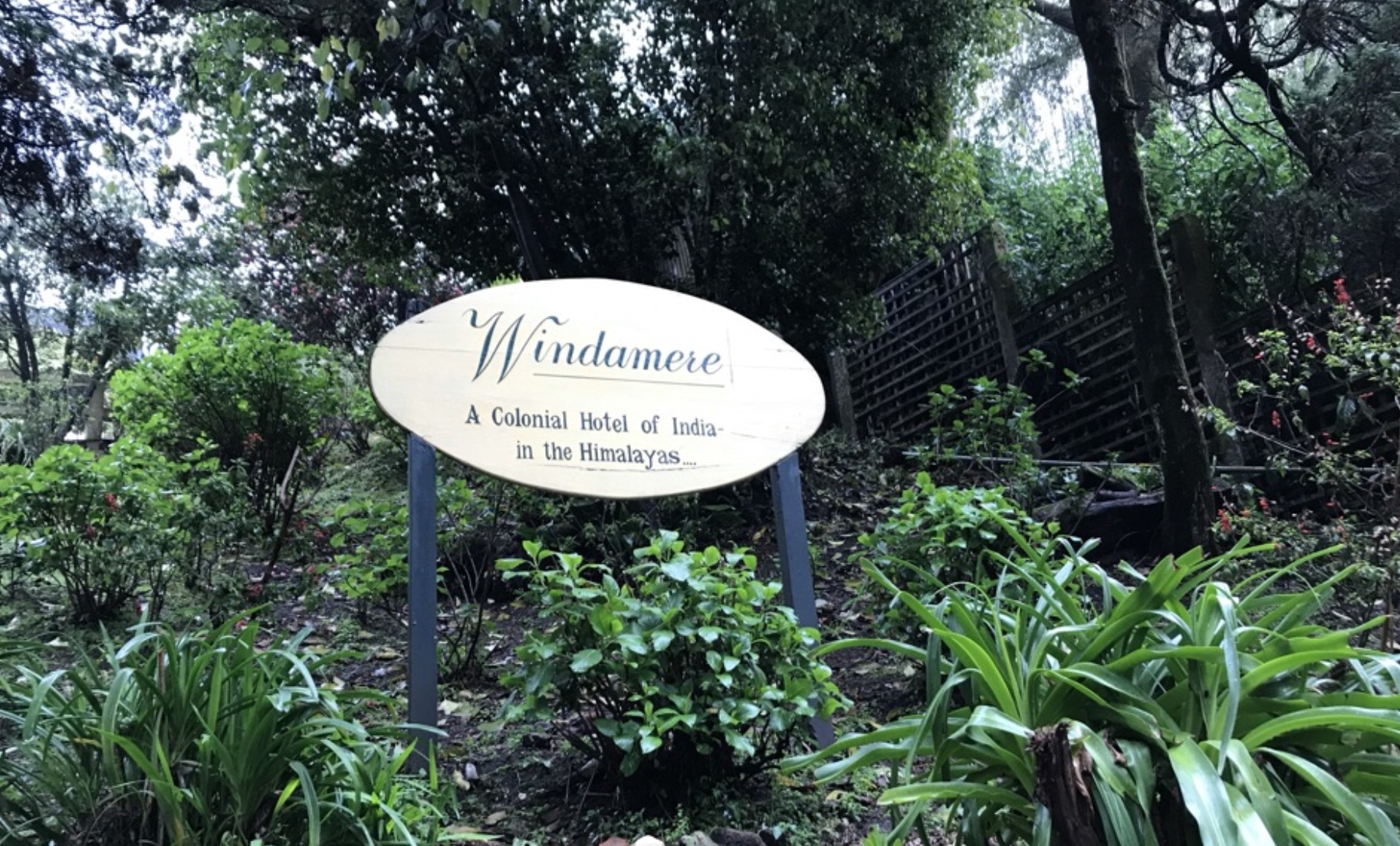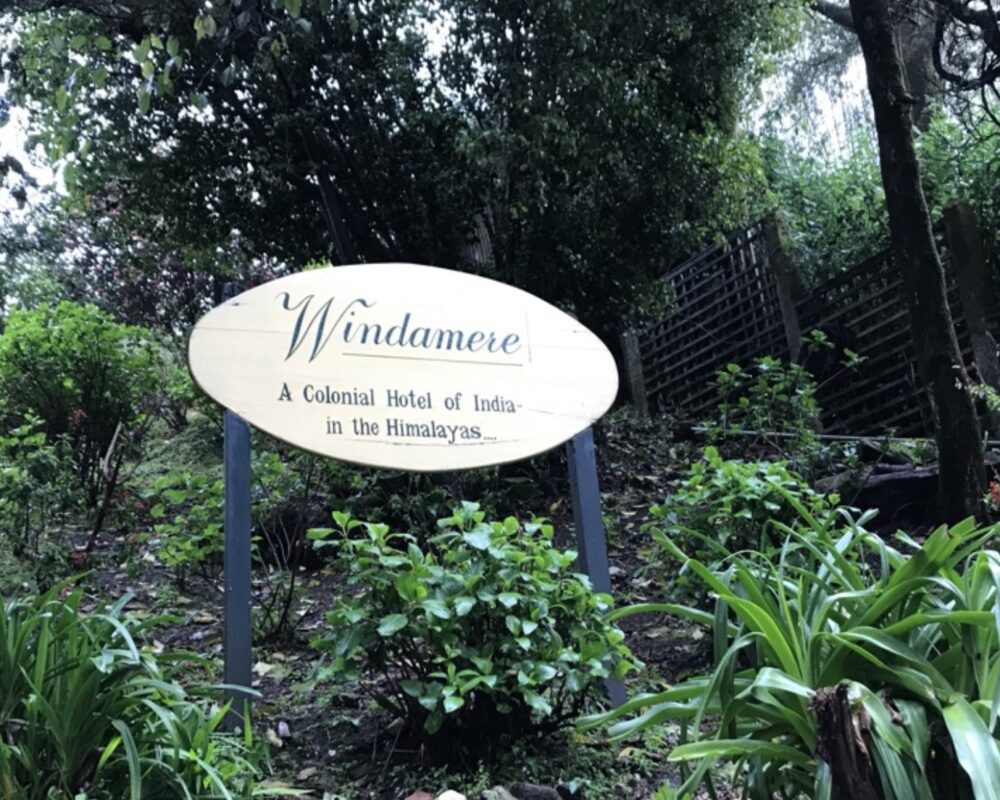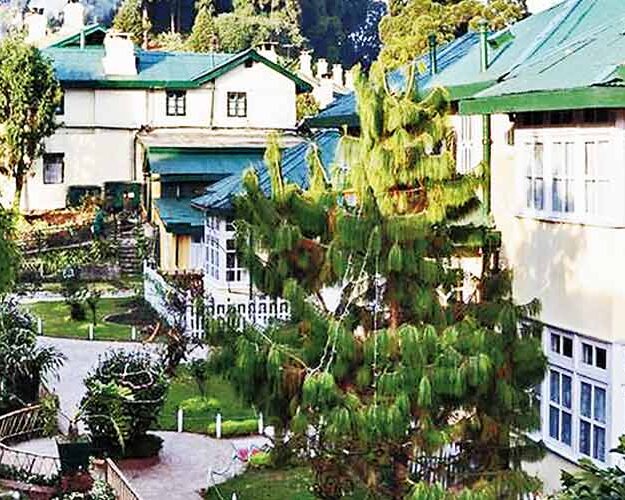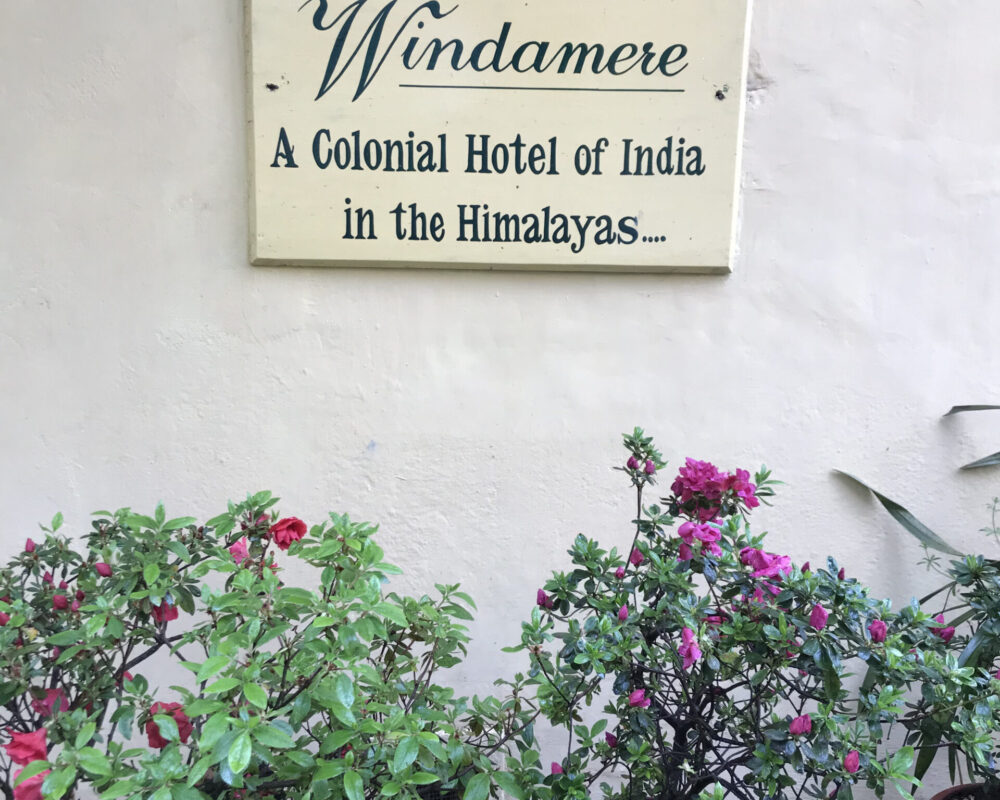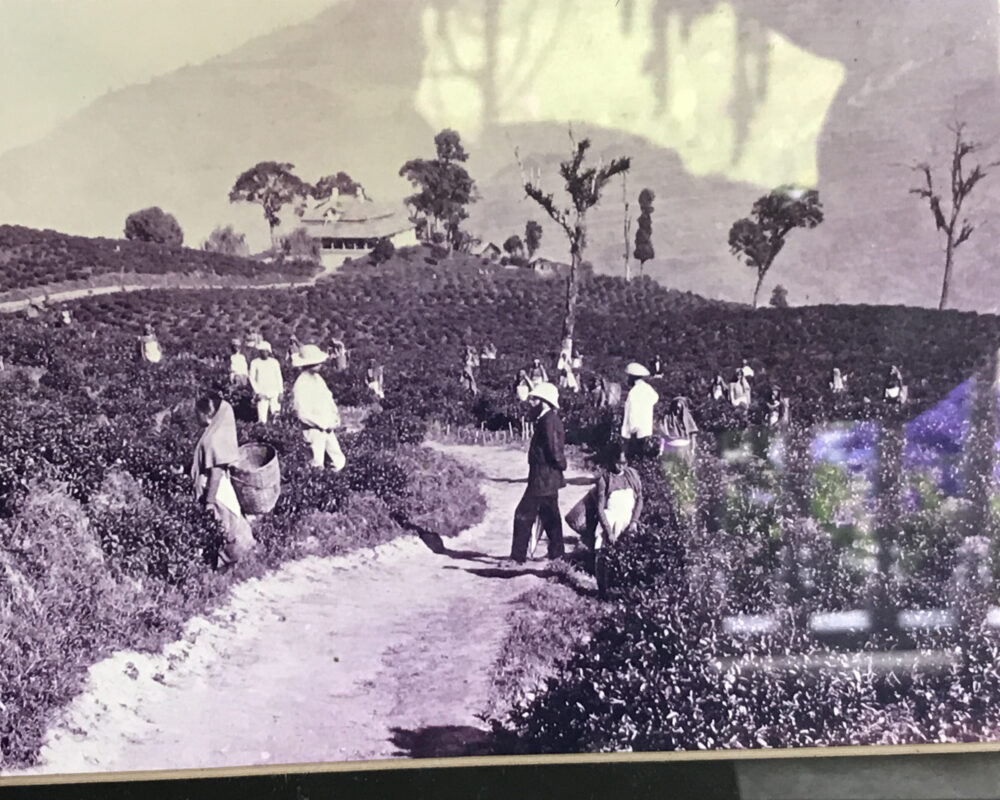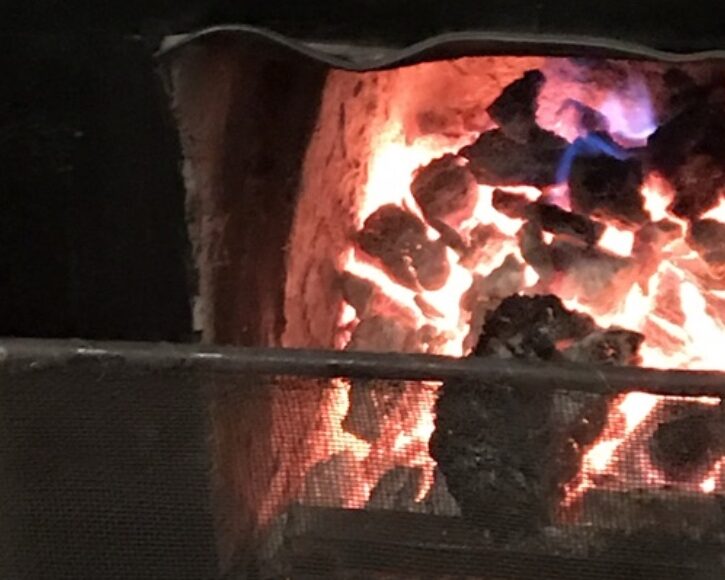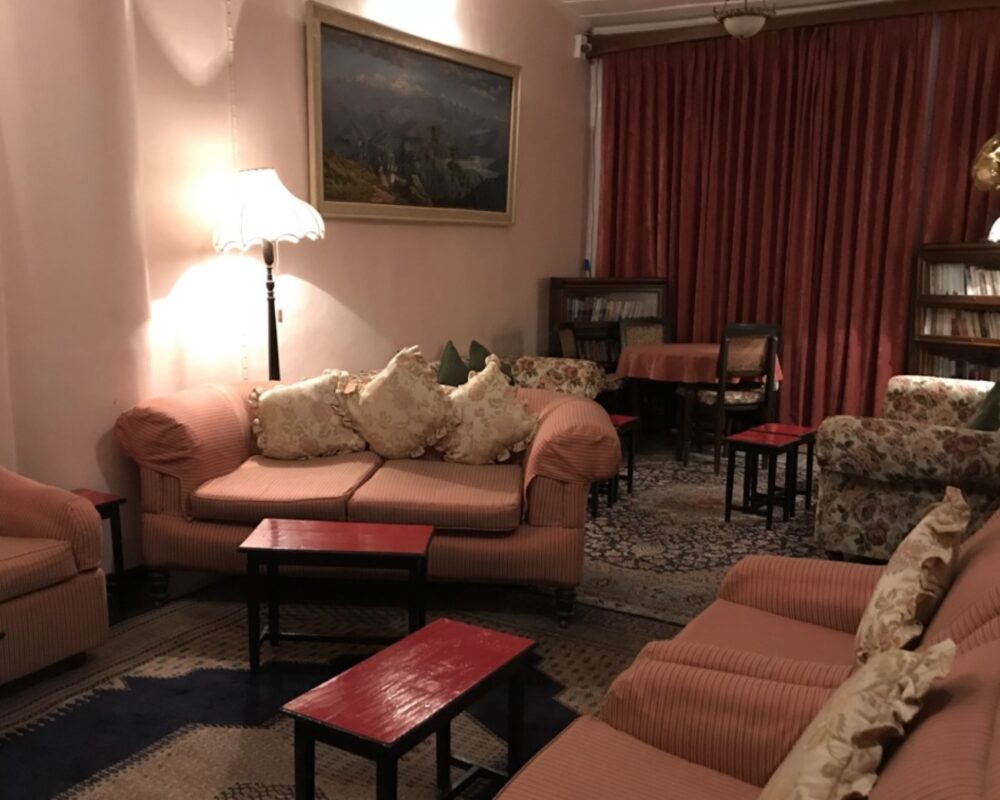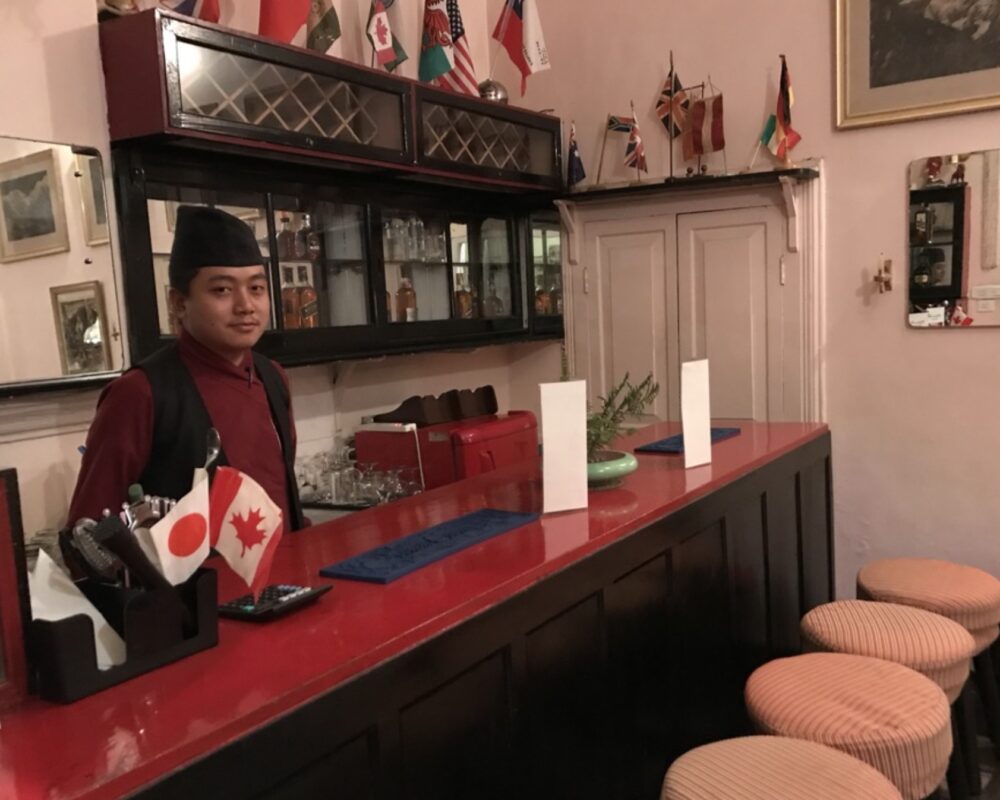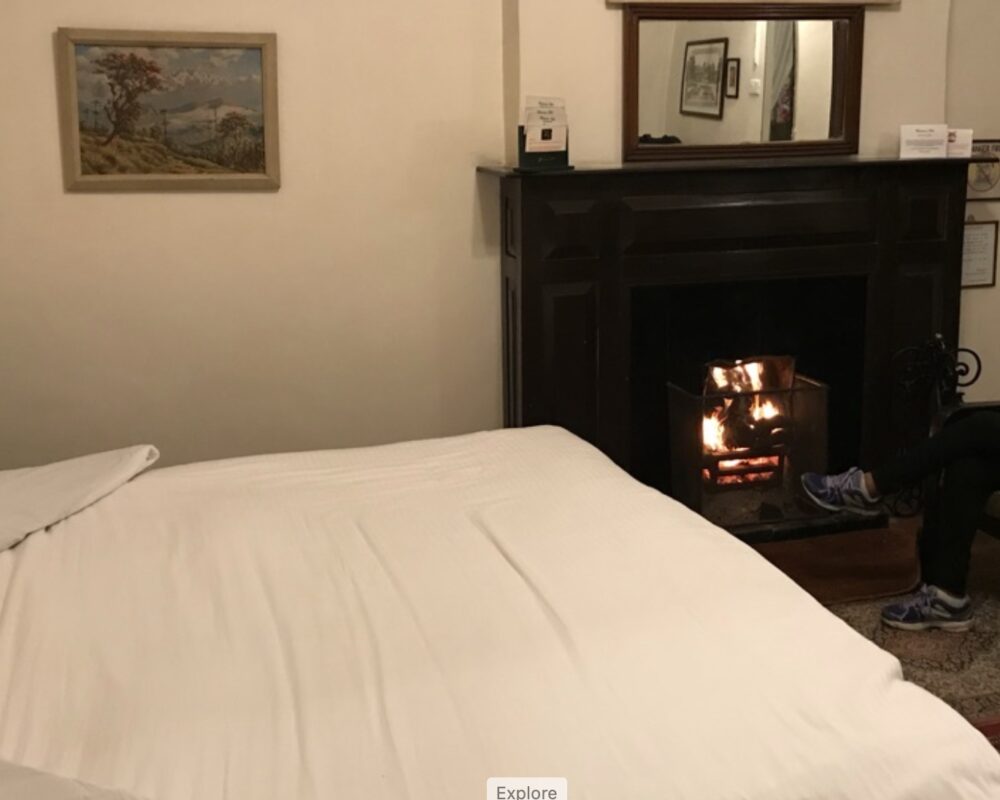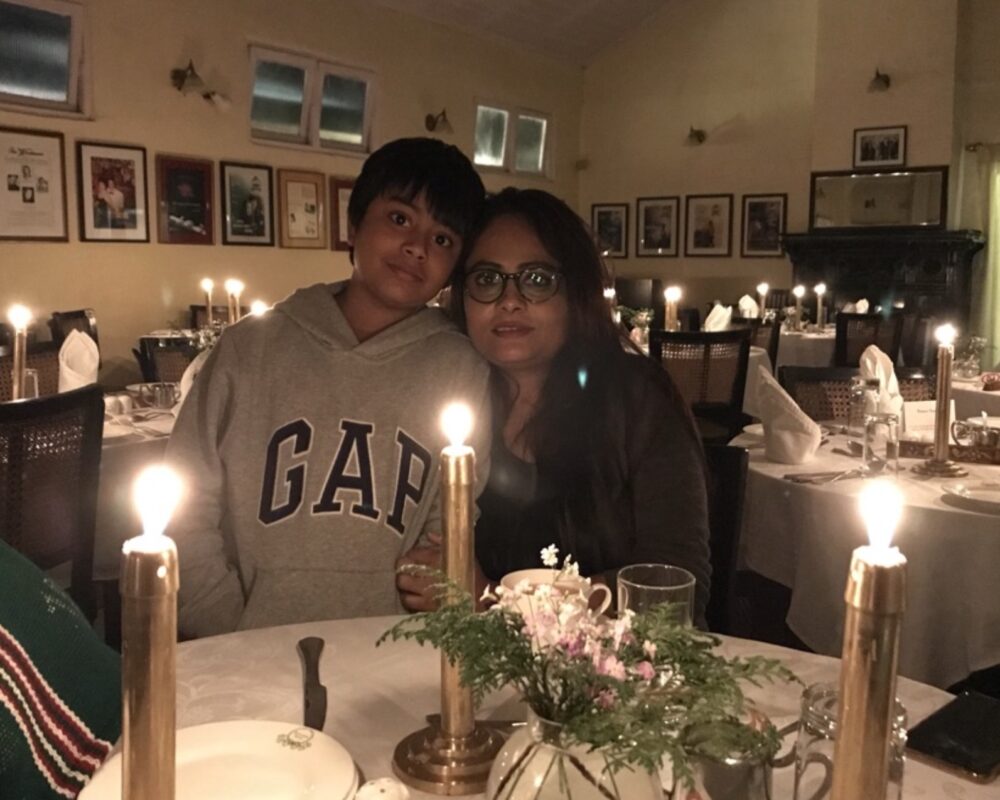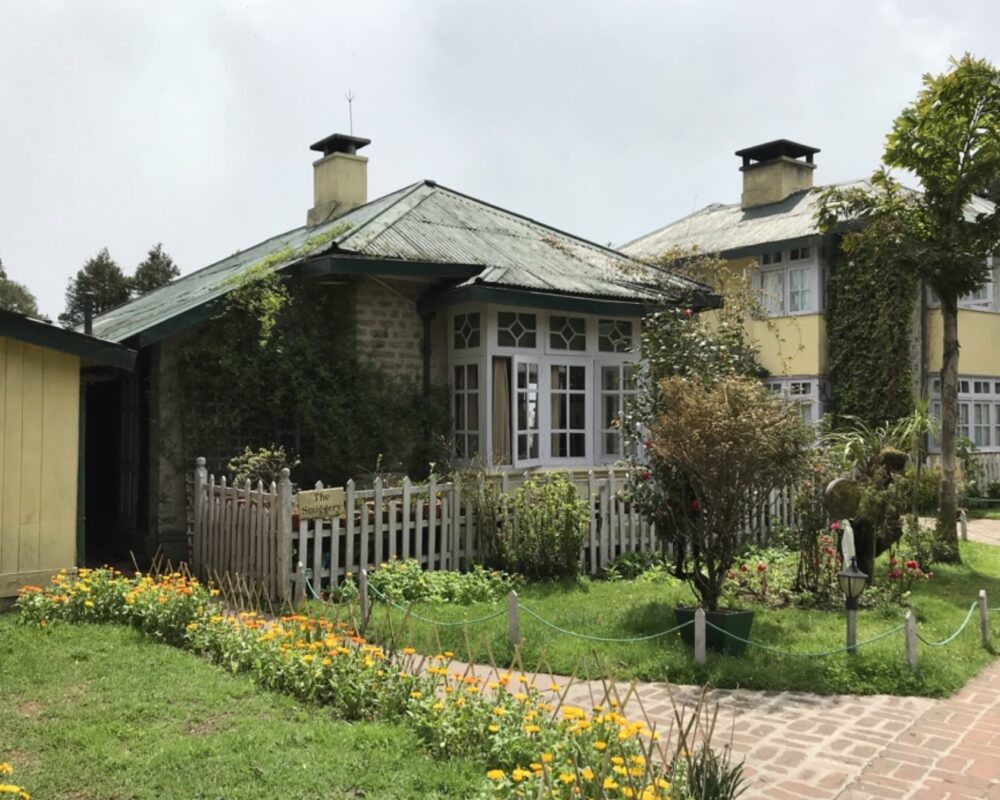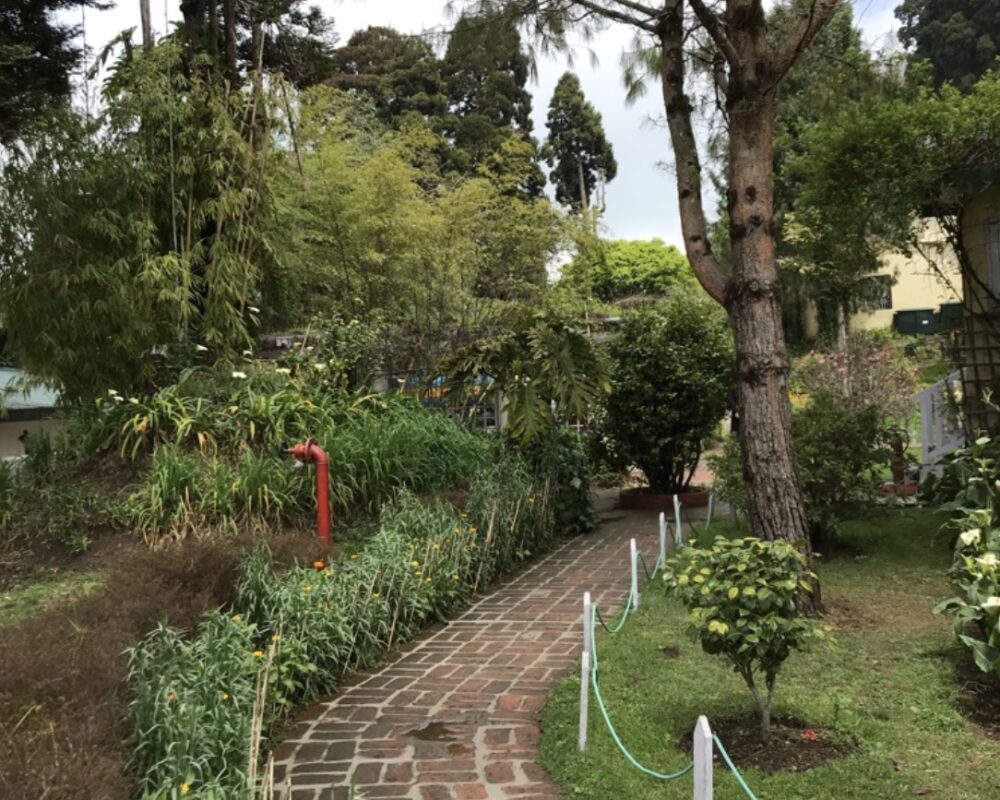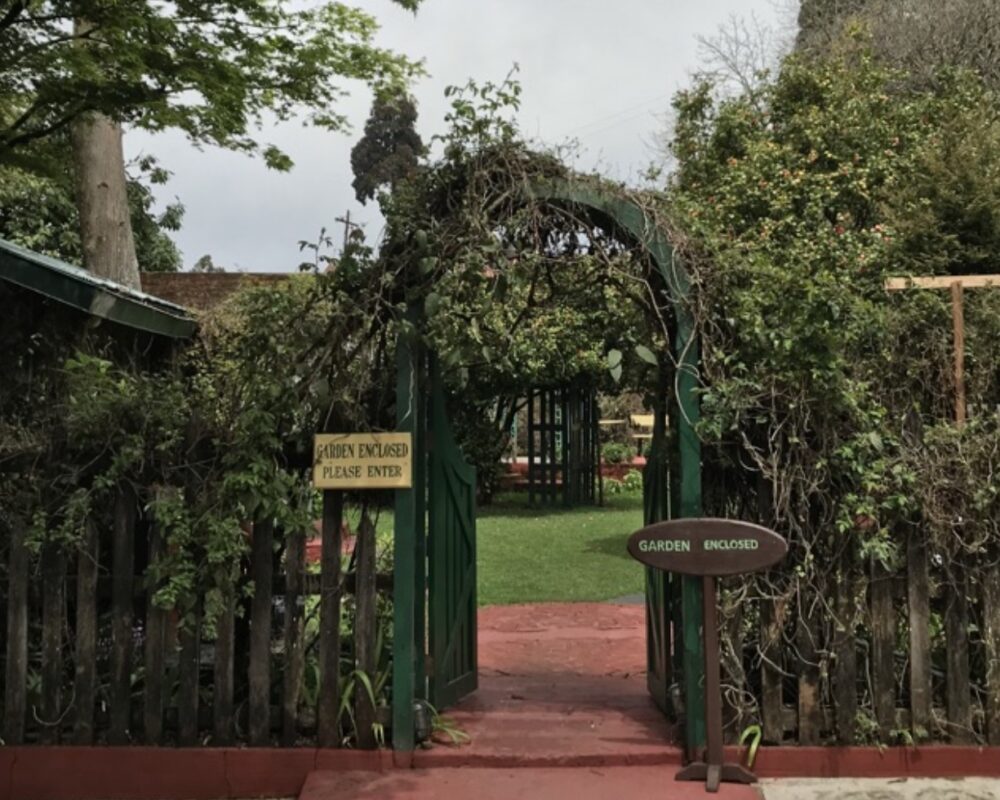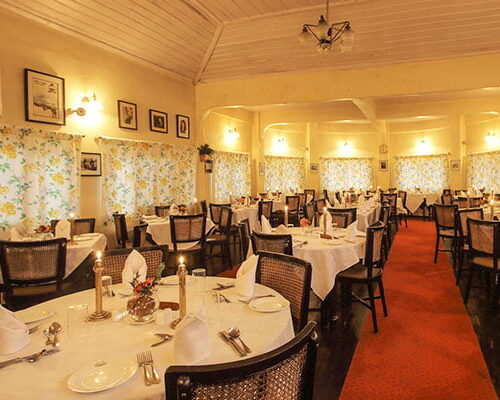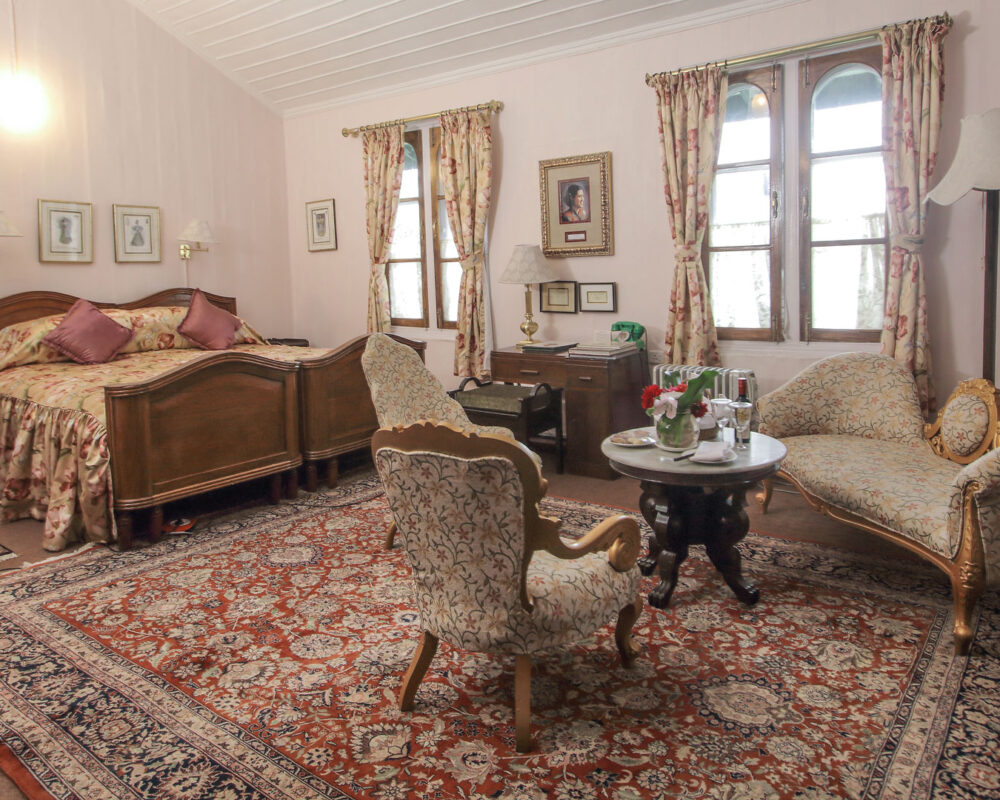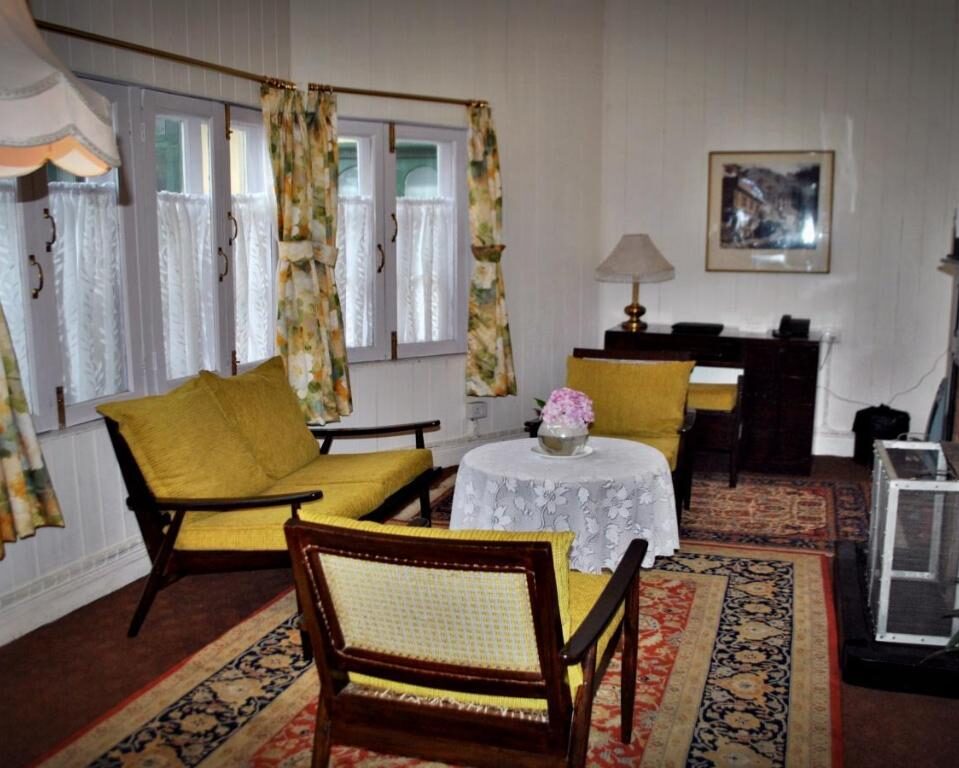Can Tea Tourism Save Darjeeling?
SB VEDA <CALCUTTA>
27 June, 2022
“With a day that starts before dawn, Sourenee Tea Estate Manager, Dhillon Das, carefully observes the plucking in which, for the spring harvest (or first flush, as it is known) two leaves and a bud of a newly sprouted shoot are picked gingerly from the plant. Das says women are used to pluck the leaves in all gardens because they have softer hands and are more sensitive in their work than men – and this crucial task requires such precision and delicacy as only they can carry-out.” – Sourenee Tea Garden Manager, Dhillon Das
During spring harvest season in Darjeeling this year, we profiled four accommodations with an emphasis on tea, nature, and historical tourism. Each property was singular in what they offer to today’s vacationer, especially given changing ideas of what a vacation should be, post-Covid-19.
NEW VACATION CONCEPT
With Covid-19 still looming over travellers, heritage bungalows and small resorts located at or near to tea gardens, situated away from crowds with open spaces, offer the kind of safe, pollution-free, and airy break from urban life that many a pandemic-wary vacationer continues to desire.
Increasingly Darjeeling tea gardens are looking to tea tourism to help promote their teas, and as a source of side-revenue and employment for labour during off-season periods. Indeed, in March, the Secretary General of the Indian Tea Association, representing tea growers and manufacturers, appealed to the Indian government for a relief package, describing the economic condition of the Darjeeling tea industry as “becoming unviable” (Ref:: The Economic Times, March 13, 2022: Tea industry seeks financial package from Centre). So, the changing perspectives of what a holiday should be makes tea tourism especially attractive at a time when tea companies are enthusiastic to welcome tourists due to economic woes.
Our experience of the tea resorts and nature resorts was eclectic: spectacular views with the sweet fragrance of tea bushes, ripe for the plucking, wafting up to windows as the morning sun rises; Tea factory tours, tastings, and interaction with leaf-pluckers having been arranged for tourists; and nature walks and fantastic food both local and of the colonial variety were to be had. Here it is in more detail:
SOURENEE TEA ESTATE:
Located close to one of the highest altitude lakes in India, Mirik lake or Sumendu Lake as it is also known, Sourenee Tea Estate is situated in a verdant pocket of an already scenic site.
With a history that spans over a century, this relatively small garden encompassing an area of 137 hectares has developed some fine teas over the years, some of which are exported to Europe and North America at premium prices.
Sourenee is considered to be a medium altitude garden, being from 700-1300m in height. However, the teas produced are typical of a much higher elevation bloom (height generally relating positively with quality). The garden’s success lies in the care taken of the tea plants by Garden Manager, Dhillon Das, who lives, breathes, and talks tea from the moment he wakes until, after a full day of duties, manages to lay himself down for a few short hours.
Das does not allow himself to sleep for more than two hours at a time. Up before dawn, he is present when plucking takes place in the dark when it is cool outside as the sometimes punishing sun seeps flavour. Moonlight plucking is done as is popular in other gardens but, according to Das, a moonlight harvest is no guarantee of a spectacular batch. It doesn’t prevent tea companies from commanding a premium for their moon leaves. Das is more pragmatic. “For me, it’s entirely about the tasting,” he says. “And my sense of how the leaves will mature while in the package.”
That’s right: tea will taste differently at the time of first processing and tasting compared to a package being opened some months later. “The taste often gets stronger,” says Das. “What you’ve chosen,” he tells me with a smile. “…will mature very nicely.” He was right. Ultimately, I wish I’d bought more than four and a half kilograms (but it was only my first purchase during the trip, which saw me buy another 15 or so kg from other gardens.)
Tea tastings and tours are a featured aspect of the property about which detail is to follow. The resort, itself, however, can be enjoyed by families and couples both as an adventure tourism location and a relaxing place just to get away from city life. It’s a place where families can spend time together and enjoy.
Rooms are spacious and well equipped with hardwood floors, and modern fittings. Courtyard facing rooms offer views of the well-landscaped frontage while rear-facing rooms overlook the leafy tea gardens.
Walks around the property reveal the dynamic ecosystem that typifies Darjeeling: birds, rabbits, and even small Himalayan leopards. Short automotive trips can be arranged to Mirik town and the lake where a steaming cup of tea can be enjoyed while overlooking a pristine waterbody. Boating is a key feature of this location.
Tea tastings generally take place in the afternoon, after the plucking is done. Garden manager, Dhillon Das arranges the tastings and a factory tour (now done with Covid-precautions). A variety of teas that have been recently plucked can be sampled. Das enthusiastically advises guests of what to take in: silky texture, fruity notes, etc. His excitement is like a child’s even as Darjeeling itself, grappling with climate change becomes ever more hostile to tea cultivation.
With a day that starts before dawn, Das, carefully observes the plucking in which, for the spring harvest (or first flush, as it is known) two leaves and a bud of a newly sprouted shoot are picked gingerly from the plant. Das says women are used to pluck the leaves in all gardens because they have softer hands and are more sensitive in their work than men – and this crucial task requires such precision and delicacy as only they can carry-out.
Das ensures that, once plucked and piled on small trucks, the tea makes its way to the factory in short order. The longer that plucked leaves are left out, the higher is the chance that exposure to the elements will alter the character that day’s harvest.
Once in the factory, the first step in tea processing is withering in which the leaves are spread out in long bins and air is passed over them to stimulate drying. This stage can take up to eighteen hours depending on the condition of the leaves, the amount of moisture in the air, and time of year. The actual temperature and time combination is specific to each garden manager and garden, for Darjeeling tea is no monolith with varieties of flavours growing in different gardens. The garden managers, too, often have different aims in the kind of taste they wish to bring out. They are like conductors and the leaves, members of the orchestra.
After withering, the tea is rolled either by machines or (in the case of the most delicate of harvests such as white tea) by hand. The rolling process, which causes small tears and breaks in the leaves allow for oxidation to take place, which gives tea its distinctive golden brown colour. First flush tea still retains much of its original green pigmentation but second flush and monsoon flush can look very dark; hence, the tea is termed black tea as opposed to green tea.
Das is intimately involved in the next stage, which is fermentation – also known as firing. This is simply the addition of heat to the leaves, the intensity and duration of which, again, depends on many factors, including the condition of the leaves, the humidity, in the air, the ambient temperature, and the original flavour of the un-fermented leaves. It is firing that really determines the taste of the tea – a process carefully directed by the garden manager.
Some garden managers try to overheat the leaves, which then carry a smoky flavour. This, they insist to buyers is ‘muscatel’, the typically sweet and musky spiciness that typifies Darjeeling summer harvest or Second Flush tea. However, true muscatel flavour is becoming increasingly rare, these days with weather conditions not cooperating – and any seasoned tea aficionado will be able to tell these burnt leaves masquerading as muscatel from the real thing. Goodricke is trying to market this taste as ‘roasted’ like coffee. It seems to be taking off as most tea drinkers in India don’t know a whiff of what a Darjeeling brew should actually taste like. As long as it says Darjeeling, they’re content with downing a ‘fugazi’ (as the Italians call their fakes).
Following fermentation, a sorting process is undergone in which leaves of the right size are selected from twigs and other refuse (also called ‘banjee’). The machines that conduct this task must be carefully calibrated, else the right sized leaves will not be selected or refuse material will be allowed to mingle with the desired leaf grade. As one might imagine, this is a crucial stage in the processing of tea.
Enough about tea, more on the resort:
Owned by gentleman whose family originally hailed from Rajastan’s Marwar region, the resort features sumptuous vegetarian delights from well-prepared Indian fare to spicy Chinese delights. Don’t expect meat at this place as it specifically caters to those who want to vacation at a place that is entirely Satvik in character. Still, even if one is an omnivore, one doesn’t miss the meat as the plant-based dishes are so splendidly done, that it would almost taint the experience were animals matter to be introduced into the mix.
One area in which the resort could improve is in its staff. Drawn from garden labour, language can be an issue – and many such workers don’t understand the hospitality mentality. Training is in order, and I suspect this to be something of a challenge. However, resort manager, Deepak Kumar has taken up this charge with verve. A near omniscient presence in the resort throughout one’s stay, except for when he has to go to Kurseong to procure supplies, Deepak is easy to reach and very responsive. The booking manager, Shilpi, then ably fills in when he goes on supply runs. Both are polite and very customer-oriented. High marks in this area! They even arranged some special dishes for our stay to make us feel more comfortable as my wife had been ill prior to arriving.
One activity that I would advise the property to discontinue is the lighting of bonfires. It’s not that I’m against having fun – but being a tea enthusiast, I can’t help but think that the smoke so close to the gardens would adversely affect the taste of the tea. Tea leaves are absorb ambient smells, which is why orchards can be found close to tea gardens. It’s important to note that in Tea Tourism, it’s the tea that must come first, else why bother with the cultivation of this temperamental crop in Darjeeling when one can simply build a nature resort on grounds other than those at which tea is cultivated?
NIRVANA RETREAT
We have visited nature resorts in the past and did so again during this trip. The crème de la crème of these establishments both in Kurseong and elsewhere in the district is aptly called the Nirvana Retreat, located about a twenty-minute drive from Kurseong town. (A note: Google maps is incorrect in positioning the resort, so if you are going to navigate using this app, be prepared to end up on a precarious dirt road angled steeply up a hill leading to nowhere!). Better to ask the locals or phone the resort for navigation details.
Strategically placed on a hill that backs into forest close to three famous tea gardens: Makaibari, Castleton, and Ambootia estates (and I visited them each of them) it is not long before guests come to feel that they have happened upon Nirvana, itself! With views of thick lush forests and majestic hills, the resort is unmatched in its placement.
Indeed, when the mist rolls in like a ghostly snowball collecting into a boulder as it rolls downhill, one feels like one could be carried away by it. It has its own grasp and life! In the early morning when it’s clear, the third highest Himalayan peak, namely, Kanjenjunga juts out from the hills into the skyline – and what a majestic view it is! This is one of the very few places near Kurseong in which the popular peak can be seen unobstructed. Hence, again, it is worth emphasizing that the resort is utterly well situated for breathtaking views as part of an incredibly salubrious experience.
The rooms are spacious with very modern fittings and soothing shower facilities. Food is exquisite, featuring North Indian fare, traditional English snacks, and local delicacies. Meals can be taken both in the room and at the dining room. The dining room has a stunning view, and the staff are very cooperative in catering to guests’ needs. We had a small puppy dog with us, and special meals were prepared for him. When the dining room was vacant, our puppy, Rex was allowed to eat with us, something he very much appreciated. He took to the staff right away, and they to him. “We love animals, here,” one of the staff members told me.
Nature walks constitute a scenic attraction at the resort. One can walk deep into the forest where animals such as rabbits, deer, buffalo, and even small bears and small leopards can be seen. Indeed, the retreat conducts guided tours on jeeps, so the flora and fauna can be properly viewed and even studied. The staff assured us that the leopards were harmless – they are so used to seeing guests that they act like domesticated cats. Still, precautions should be taken as these are wild animals, and so best seen under the supervision of resort employees.
Perhaps the pièce de resistance of this property is its tea house where tea tastings are done. From regular Darjeeling to Jasmine to Chamomile white blend to Blueberry and Rose tea – even a chocolate desert tea can be tasted. It’s quite a unique culinary experience, which is why their teas have been featured in World Tea Magazine.
For those with children, games can be enjoyed. I had to pry my son away from the table tennis table each night, he was having so much fun.
Nirvana actually began as a getaway property for owner Arijit Ghose and his wife. They were enthusiasts of nature and enjoyed visiting cottages and the like only to have to pack up and go once the vacations were winding up. Hence, they decided to buy a place where they could visit when the urge to get away from Calcutta came over them. With their own property in wait, it offered the ideal refuge from city life.
Finding that the original plan for the property, bought in 2012 and painstakingly renovated by Ghose and his brother, could accommodate others, they decided to open it up to like-minded people who were craving exactly the kind of experience that the place might offer. “The reason why (it) came up was because we wanted to build a second home in the Himalayas…a three-bedroom cottage kind of thing, which is romantic and which my wife still hankers for – but I said, if we build something like that, we’ll have to set it up each time we go and once things have gotten to even keel, it’ll be time to go home and then then we’d have to shut it down when we leave. So, most of the time it’ll stay vacant. Why not make it a little bigger and open it up to others, so they can enjoy the natural environment and view of the mountains?”
Hence, the Nirvana Retreat as a nascent idea evolved from plans to build a cottage for the Ghose family to seek refuge from city life to a concrete plant to create something larger to be let out to guests seeking that same experience.
That said, finding the ideal location was difficult: “We wanted a view of the mountains but at the same time, had to be close to Calcutta, and we wanted to be just off the road, so we wouldn’t have to trudge uphill with luggage.” As one might imagine, finding a place with all these elements in place proved quite a challenge.
“When we found the optimum position, we had to flatten the incline and then build the house over eleven levels on the incline,” says Ghose. “Indeed, our architect was very particular about using the natural incline in the construction of the building.” Ghose describes a process of making the topography work for them rather working against nature.
For Ghose, the project has been a labour of love. “It hasn’t really been a very profitable business venture; rather, it has been an article of faith or passion,” says Ghose. “Since we didn’t finance the project with debt – we used our savings – we only need pay the operating expenses, which we can manage within the tourist season. It’s not our goal to make a pile of money from it.”
The staff are very different from other hotels. “Some of the staff actually helped build our place, so they have much labour already invested into our project; hence, their dedication is much higher than those hired in the hospitality industry. They really see it as their resort, and therefore, they do their utmost to look after guests, warmly.”
This has translated in excellent reviews with Tripadvisor.com (five circles – or excellent), booking.com, and other websites, putting them in the top 5-10% of high-end boutique properties. Other than dedication of guests, it was Ghose’s own experience of staying abroad, which guided the standards by which the resort was built and operates. Fortunately, the materials that were used to build the property as well as the fittings and furnishings were sourced locally. They needed only to go so far as Siliguri to find what was needed, lowering their delivery costs and decreasing the carbon footprint of constructing the resort.
The Tea House was bought later from a Nepalese gentleman whose actual house was situated on the land. Offerings of teas fit with the location, being close to three of Darjeeling’s prime tea estates. But Ghose wanted the small bistro to offer more than that available in the region. “Unlike say, Margaret’s Deck (Goodricke’s teahouse and eatery located at Margaret’s Hope Estate which offers only Goodricke Darjeeling teas) we offer a more eclectic selection, and we also created our own blends with locally sourced flowers and berries.”
I commented how I was conservative in my tea tastes, preferring Darjeeling spring harvest. “Well, the world of tea is changing,” says Ghose. “When I was with Unilever, Lipton was one of the brands under my purview, and what we found is that the delta in terms of the market was in flavoured teas – and this is particularly the case for young people who are not as interested in black teas as their parents’ or grandparents’ generation. So, blending became of real interest to us.”
Ghose sees tea tourism as evolving to something more boutique, experiential, more niche and experimental in flavour and arrangements. A tourist location that can offer such variety, he says, is likely to be more attractive to the largest segment of the market compared to tea estates themselves, which are likely to draw more hard core Darjeeling drinkers.
Tea tourism, says Ghose, will only increase as tourism offers another revenue stream to cover the expenses of producing tea. Ultimately, he feels that the hospitality industry will grow to the point that the “tail will wag the dog,” And, tourism will be the main raison d’être with tea production being secondary. He also said that labour trends are moving in that direction as younger people, who are exposed to the English language and education in general, are preferring to work in the hospitality sector and ancillary enterprises rather than in tea cultivation.
Indeed, promoters are buying gardens for the land. “I know of someone who bought a garden simply because he plans to build on it, which in my mind, is doing it for the wrong reason,” says Ghose.”But that’s the reality we’re now seeing.”
In all, this property is complete – both in its tea experience and as a nature and fun resort. The size of the property is ideal for those wanting to get away from crowds and belies the pretentious and corporate nature of five-star hotels while offering a parallel experience in comfort and service. This is simply the best place to stay near Kurseong! It is not to be missed!
NB: The following reviews were done just prior to the outbreak of the Covid-19 pandemic, and have been included in this review because we were not able to get there in 2022
.
TUMSONG TEA RETREAT
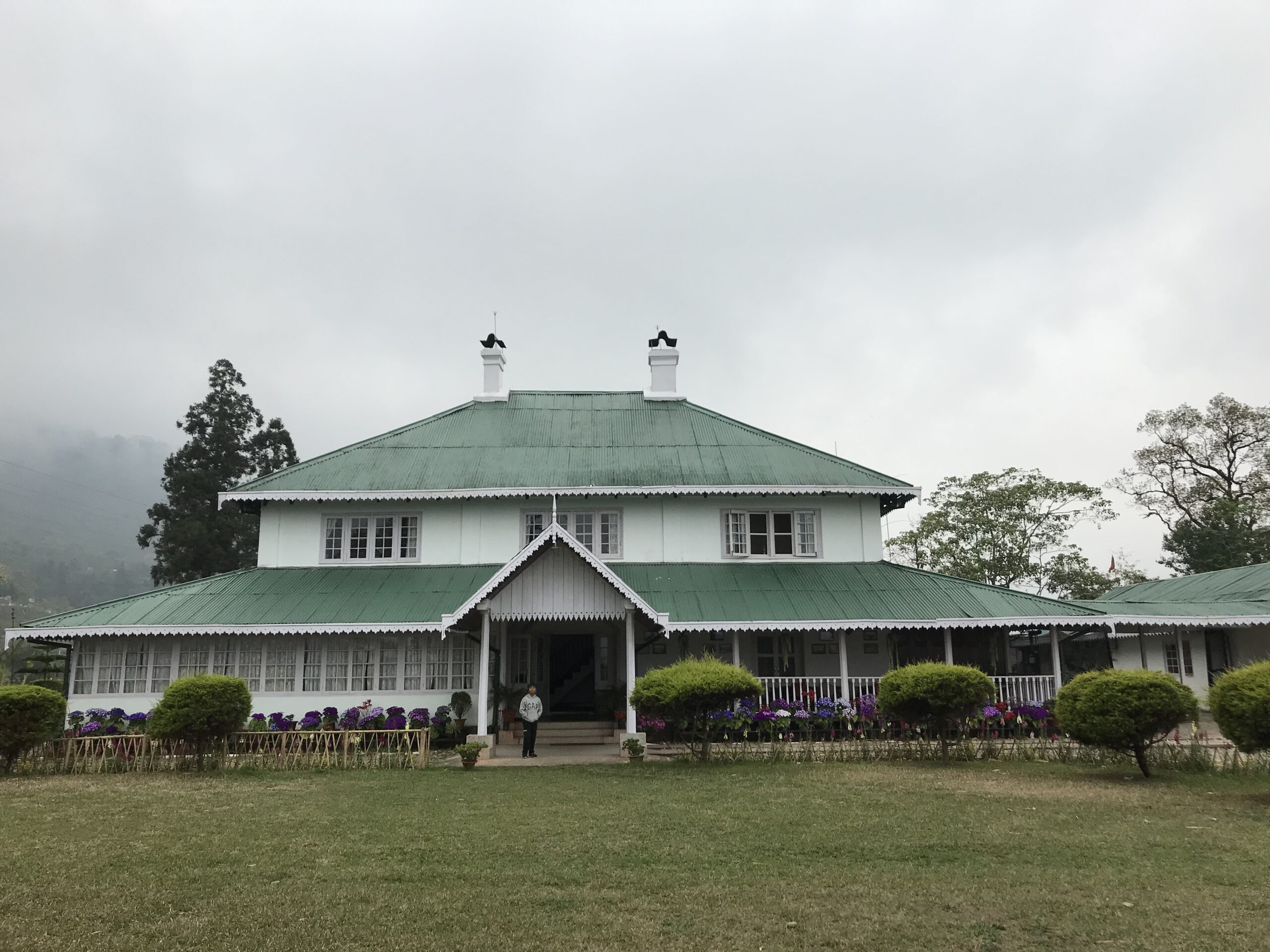
Tumsong Tea Retreat – a colonial bungalow in the style of the original planter owners, the Wernicke family
If one wants to stay at a large garden owned by a big tea company, Tumsong Tea Retreat, located in the Ghoom area and approximately 10 km from Darjeeling town, offers a fine experience.
Named for the local Hindu goddess Tamsa Devi, the lush pocket in which the garden sits is simply divine. Indeed, it is just one garden in a tea growing area consisting of Mim, Lingia, and Marybong Gardens to name just a few – all of which, along with Tumsong, have stellar reputations for producing the some of the world’s premium teas.
Guests are housed in the ‘Burra Saheb’s’ bungalow, which features four spacious suite-style rooms. Upper floor rooms can offer a glimpse of the third largest Himalayan peak, namely Kanchenjunga from the window. A better view can be seen from the edge of the frontage of the property.
The original owners of the estate, namely the German Wernicke family used to stay in this mansion of a house – and not much has changed in the 150 years since the plantation was established.
While renovations may be in order and cleaning staff need to be better trained, the opportunity to stay in a colonial property with furniture and fittings from that era, offers a charming experience, building a bridge to the past that is fragile in our modern world.
Management has changed since when we stayed there, and a distinct shift to the more corporate in attitude has been observed. This, for the most part, we saw as negative because one of the positive aspects of the property was the homely nature of the erstwhile manager, which has not been replicated in his successor. Hopefully, he will learn from the stellar reviews given to his predecessor and grow into his job much as prior management had done.
But the star of the show is the tea: Garden manager, V. Gupta offers a complete tea tasting, even going into vintage batches for comparison. Vintage Darjeeling tea, housed pristinely in vacuum sealed packaging is becoming increasingly popular as the taste of tea has been ravaged by recent unfriendly weather conditions and climate change.
Tumsong tea is light and bright, typical of a first flush tea but with the quality of its altitude (the estate runs from 2700 ft. to 5500 ft in height). Its texture is silky, and contains some fruity, woody notes that nicely contrast each other to provide a fullsome tea tasting experience on one’s palate. Steeping for five minutes yields a nice astringency of the kind I like in a Darjeeling tea.
The garden manager is refreshingly open about the challenges he faces from year-to-year, and, despite being incredibly busy, when he allocates time for guests, he is very generous with it.
For kids, there is ample room to walk and run around on this sprawling estate comprising an area of 186 hectares on which tea plants populate 100 hectares. Swings are set up and one can play both badminton and chess (even at the same time).
Again, activities such as bonfires, which are arranged at the request of some guests by the new resort manager may well affect tea cultivation. This certainly signifies an emphasis on tourism at the expense of tea typifying the changed ethos of this property. It’s something about which chairman of the Tea Board of India, Saurav Pahari, when he met me after my trip, seemed deeply concerned. “Why are all these promoters who know nothing of tea cultivation, lining up to buy tea gardens?” he mused rhetorically. The obvious answer might be good for tourists – but surely it can’t bode well for Darjeeling, a name synonymous with the Champagne of Teas.
THE WINDEMERE HOTEL
If one wants to stay in Darjeeling town, among the many hotels and groups of hotels that offer accommodation at an optimal distance from this busy and hilly city, one stands out: The Windamere.
A colonial property offering the pinnacle of luxury but with its own charm contrasting with that of a modern five-star hotel. The set-up of the property in bungalows and suites at some distance from one another, also offers a reasonably covid-safe experience. While overlooking Darjeeling town, it too, offers impressive views; the colonial experience including fine dining served by butlers, high tea, and in-room fireplaces is singular, indeed.
The layout and positioning of the property is such that it offers a retreat from the busy nature of Darjeeling town, while overlooking both the town and hills, to provide a scenic vantage point.
Windemere’s own Castleton Garden blend is offered in the mornings and evenings, and it is simply splendid – as is the meal service. Served in the dining room, where the gauche buffet is ne’er to be seen, personal service – something from a bygone era is alive and well at the Windamere.
While the place could use something of an overhaul from the inside (the plumbing system being unchanged since its inception causing the occasional unpleasant odour to waft up to a few of the rooms) The Windemere hotel is a singular experience that blends a five-star service with an old-world experience. It is not to be missed.
Sitting atop a sacred hill, deemed so by a Buddhist lama named Dorje Rinzing where he laid his holy artefacts, The property was built in 1841. And, according to its official history, “Kings, Queens, Aristocrats, and top Raj diplomats all stayed here and were waited on hand and foot.”
– Swipe Right to see the slide show –
CEO, Elizabeith Clarke, goes into more detail: the Windamare has had several incarnations as it evolved into the hotel that stands today. Named Ada Villa by the family of Princess Aishwarya Rana Shah Chakrabarti, it was leased to Tenduf-La, a Sikkimese of Tibetan descent, who turned it into a boarding house for British tea planters. It was this establishment that evolved into the hotel with the name Windamere.
Clark is encyclopaedic about the history of the property: “In 1939, some enterprising friends like Gertrude Bearbark whose late tea planter husband had left her something of a fortune, a famous Austrian baker named Pleaver, and W.C. Patton who was a Brit – all invested to buy the property. Mrs. Bearbark had hailed from the Lake District in England – a place called Lake Windermere – and the hotel was named after it but lost the ‘er’ to an ‘a’, becoming the Windamere Hotel under a private limited company in March of 1939.”
The Windamere hosted the Americans who stopped in before fighting in Japan. It also has a storied history of accommodating the most elite members of high society. “One only need read the walls and see,” says Clarke. “Princes of Denmark and Greece, – of course many of these were converted planter’s suites; the Chogyal (raj-ruler) of Sikkim; the Princess of Siam; Princess of Thailand; the Begum of Agha Khan; Count Nebworth; Viceroy Edward Robert Lytton; and, of course the famous French Lady and writer, Alexandra David-Néel who dressed up as a monk was able to enter the forbidden city of Lhasa in Tibet – she stayed here.”
“Staying here is a bit like Downtown Abbey in that the ambiance is of an old English country manor is on display – not at all like that of a standard five star hotel. In fact, even the trays and dish-ware are circa 1930s,” says Clarke.
Of the colonial hotels in Asia, including South East Asia, The Windamere is ranked third. So, according to Clarke, the property is the only authentic colonial hotel in the area.
“If you continue down the hill – and it’s quite a walk,” continues Clarke. “You’ll come to the Bungalow. This used to be called The Snuggery in 1841 – a very English name – and it was owned by his Royal Highness the Maharaja of Cooch Behar who leased it to a teacher. Around that time, Mr. Chhimi Tenduf-La was pulled into the group with Patton and company and they bought the Snuggery due mainly to Mr. Tenduf-La’s contacts. His father-in-law, you see, was the emissary of his Holiness the Thirteenth Dalai Lama who stayed here after the Chinese genocide in the 1950s in Tibet. Chhimi Tenduf-La as one might imagine, given his family circle, was a friend of the Maharaja of Cooch Behar and they came to an arrangement that it be bought by the Windamere Hotel Pvt. Ltd. into which Chimmi Tenduf-La by then had bought as a shareholder.”
Later, Observatory House, built on Observatory Hill was constructed. But the Lepchas and other indigenous people as well as Hindus regarded it as sacred. It’s known as the abode of the Thunderbolt – Shiva’s land for Hindus and Dorje Ling (the abode of Heaven) for the Buddhists. So, this sacred hill property accommodates more guests.
The hotel is also pet-friendly, and has domesticated animals living on the property, unlike many of the chain hotels.
In all, there may be rival stays in Darjeeling in terms of modern comforts – but The Windamere has no comparison for the experience of staying at a colonial property. Indeed, this is an old English country manor situated close but just above and effectively insulated from the heart of busy Darjeeling.
 The Global Calcuttan Magazine
The Global Calcuttan Magazine 